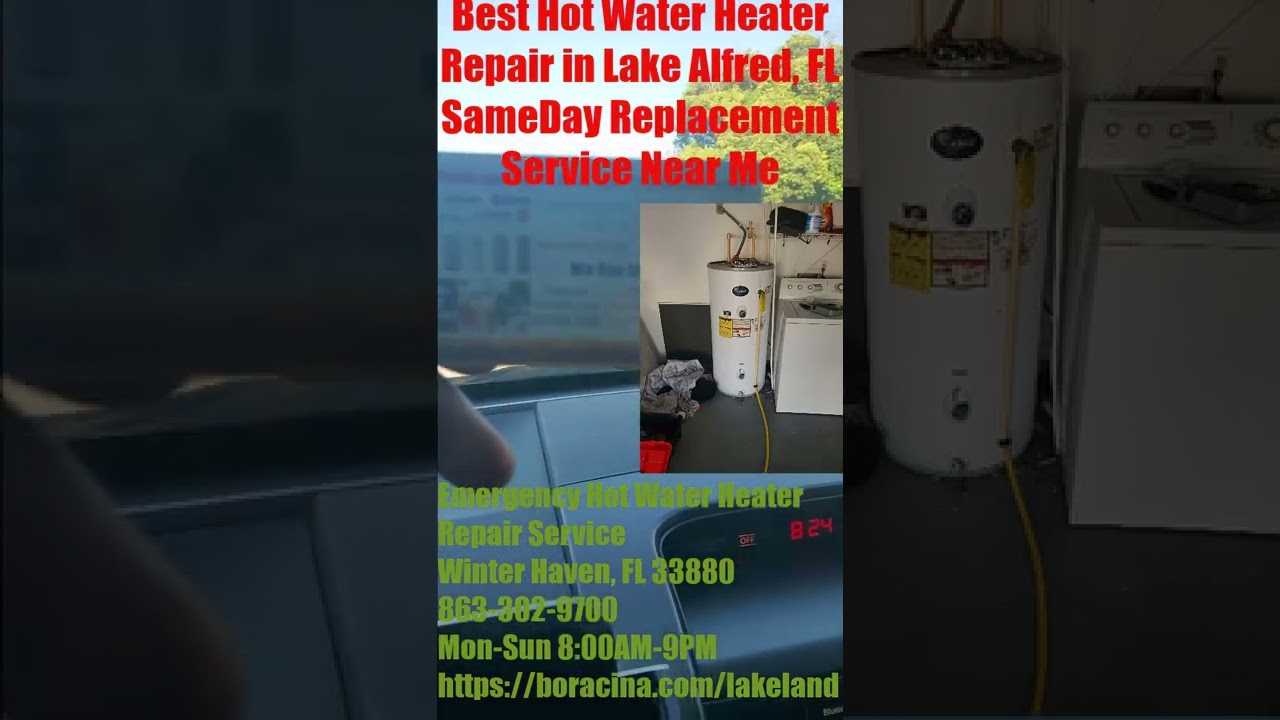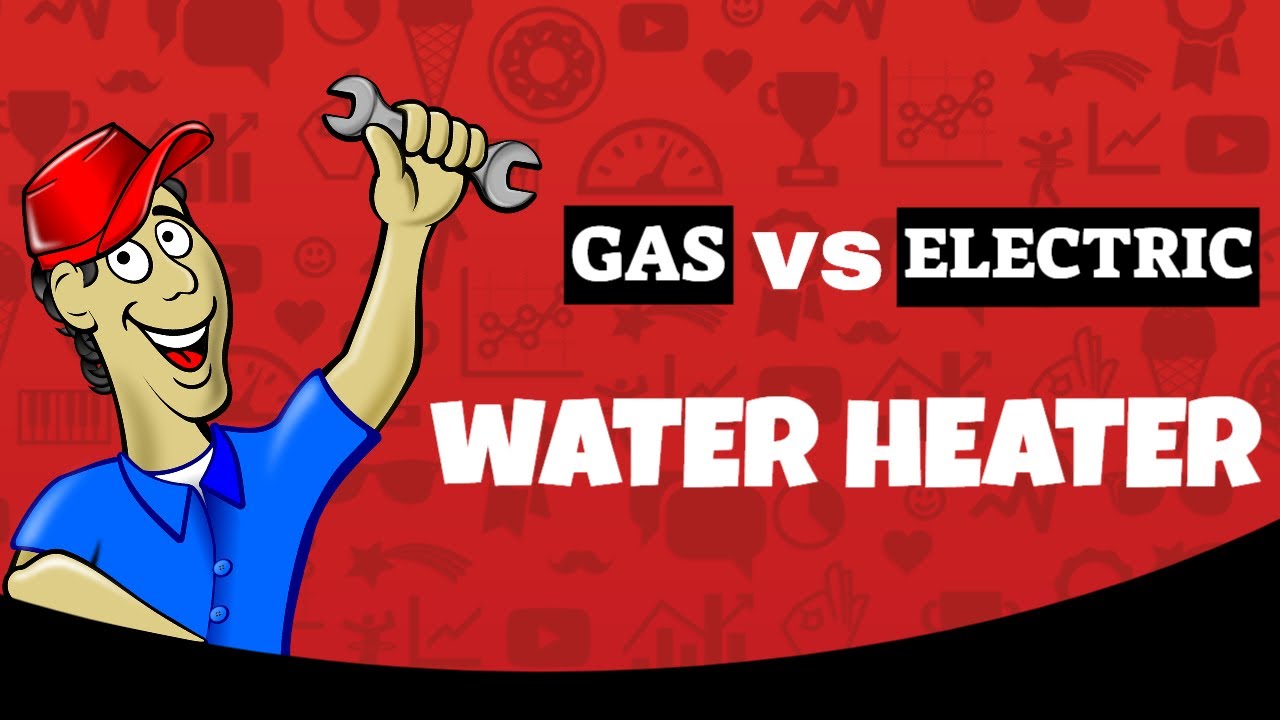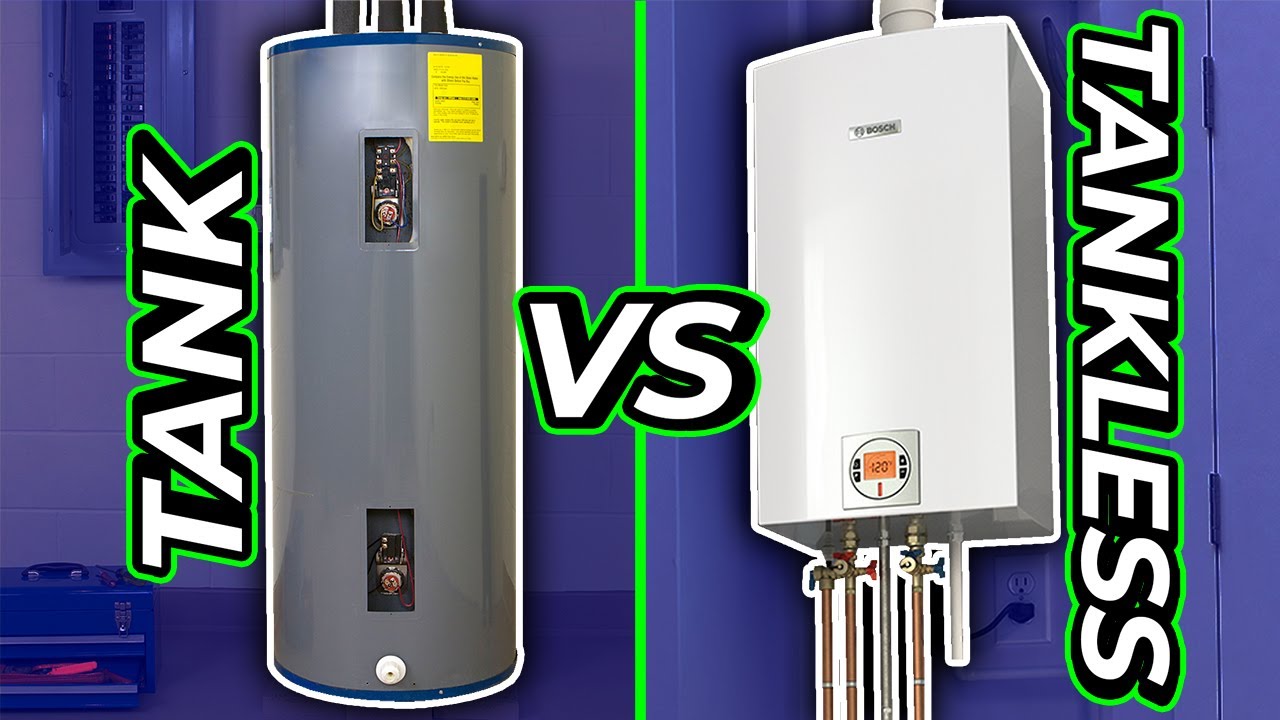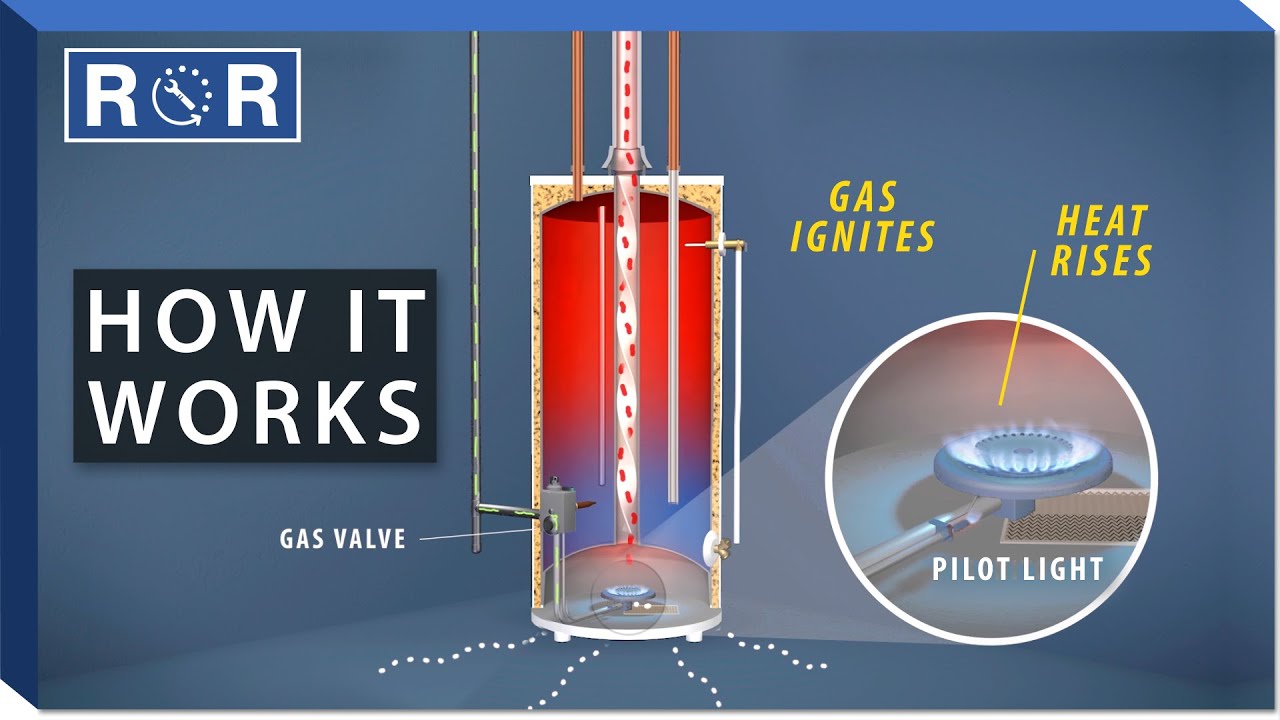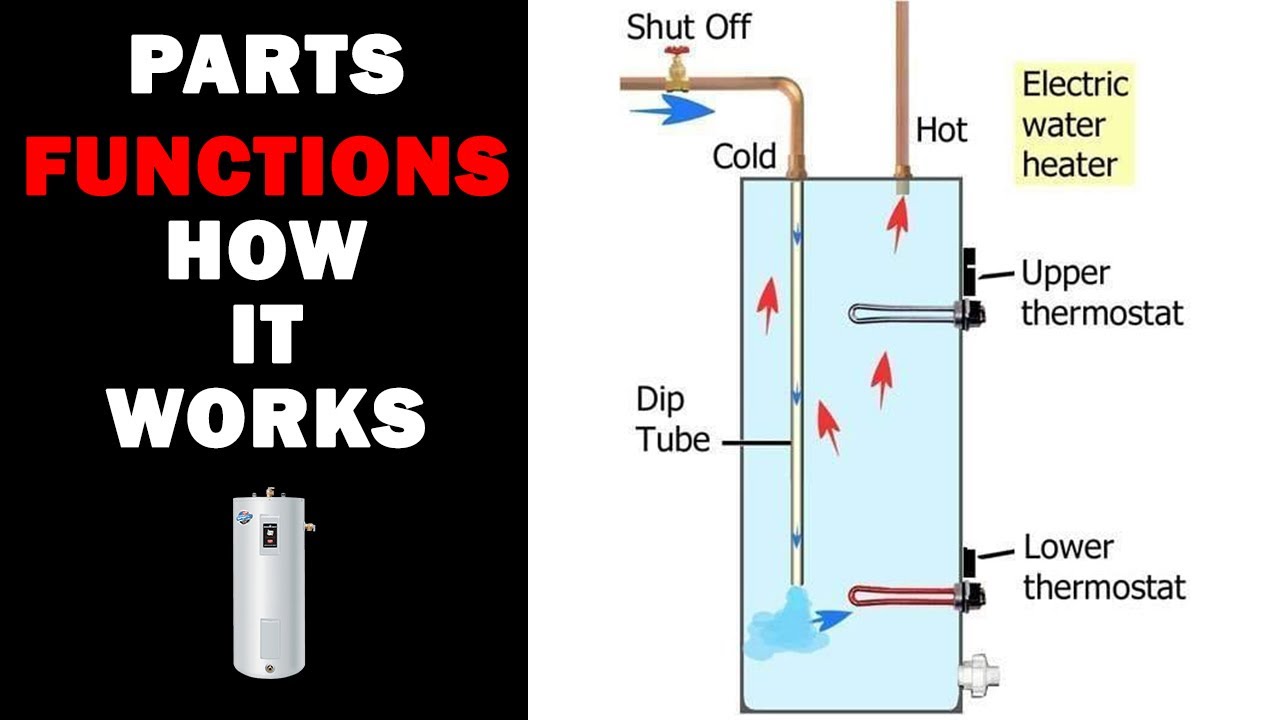My husband and I had our water heater installed seven months ago and it has been a good performer. I especially like the Use & Care Guide provided. It is one of the best I have seen!
Diffuser End Pex Dip Tube, Unit Not Approved for Mobile-Manufactured Home Installation, Warranty Void if Installed in Mobile-Manufactured Home, Stated Warranty time period applies only to original owner and when installed in a residential single family application, Ace RSC available replacement parts: drain valve Ace 44104, T&P valve Ace 4008611, Pex nipples Ace 40877, L.P. Pilot assembly Ace 4517157
- Factory-installed PEX polymer lined heat trap nipples
- Factory-installed temperature and pressure (T and P) relief valve
- 35500 BTU input for faster recovery
- Electronic gas control valve that provides precise temperature control and operational status
- Piezo igniter allows for easy one-hand pilot ignition without matches
- PEX dip tube
- Glass-lined tank with anode rod protects against corrosion
- 2 in. environmentally-friendly non-CFC foam insulation
-
Specifications



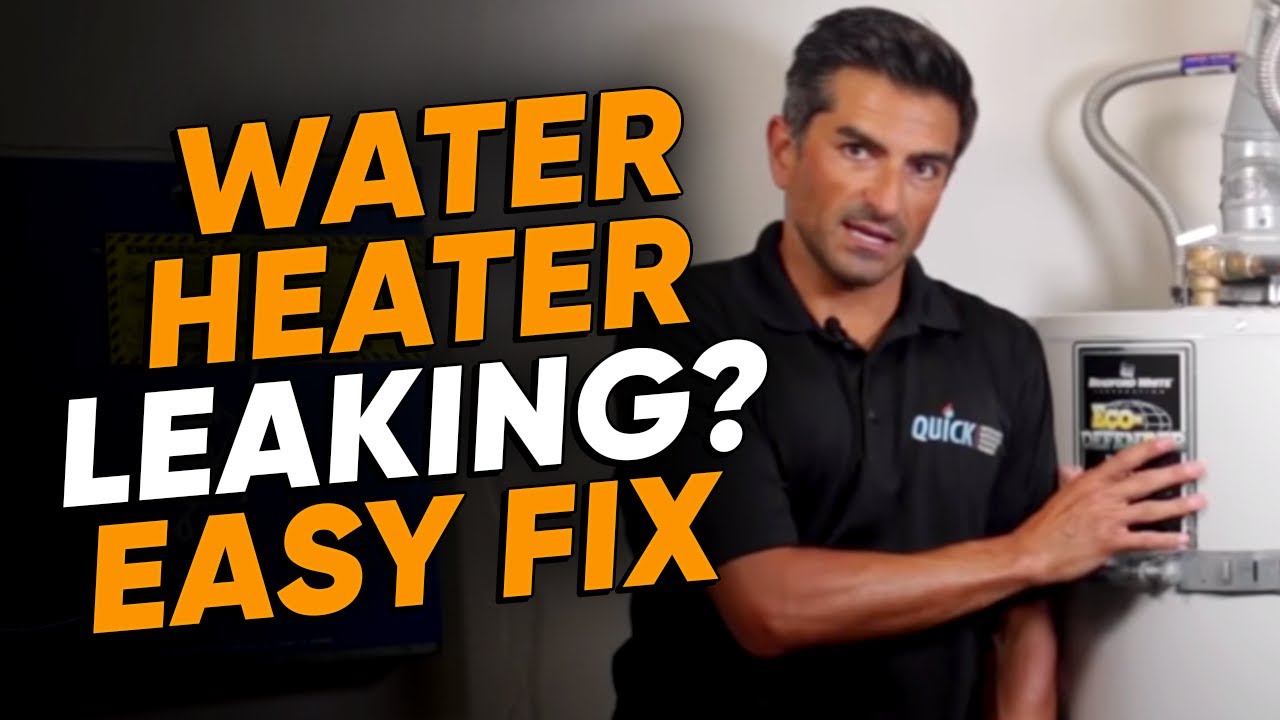
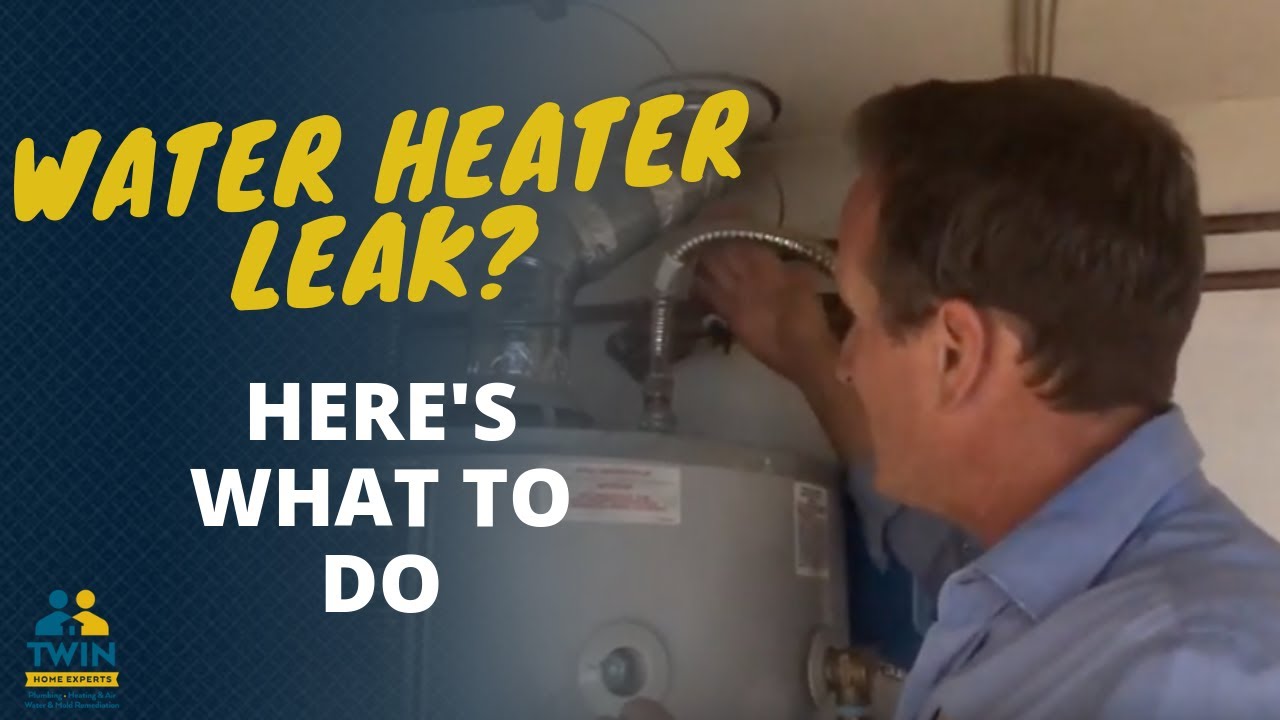
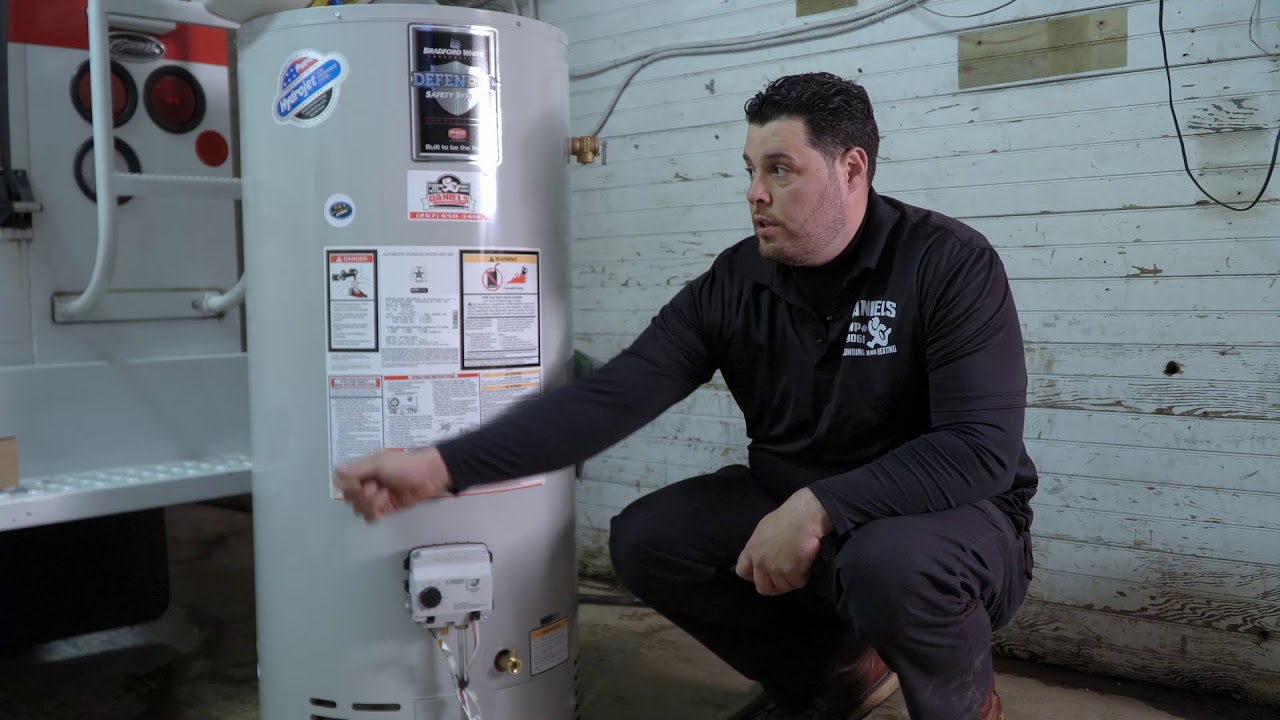
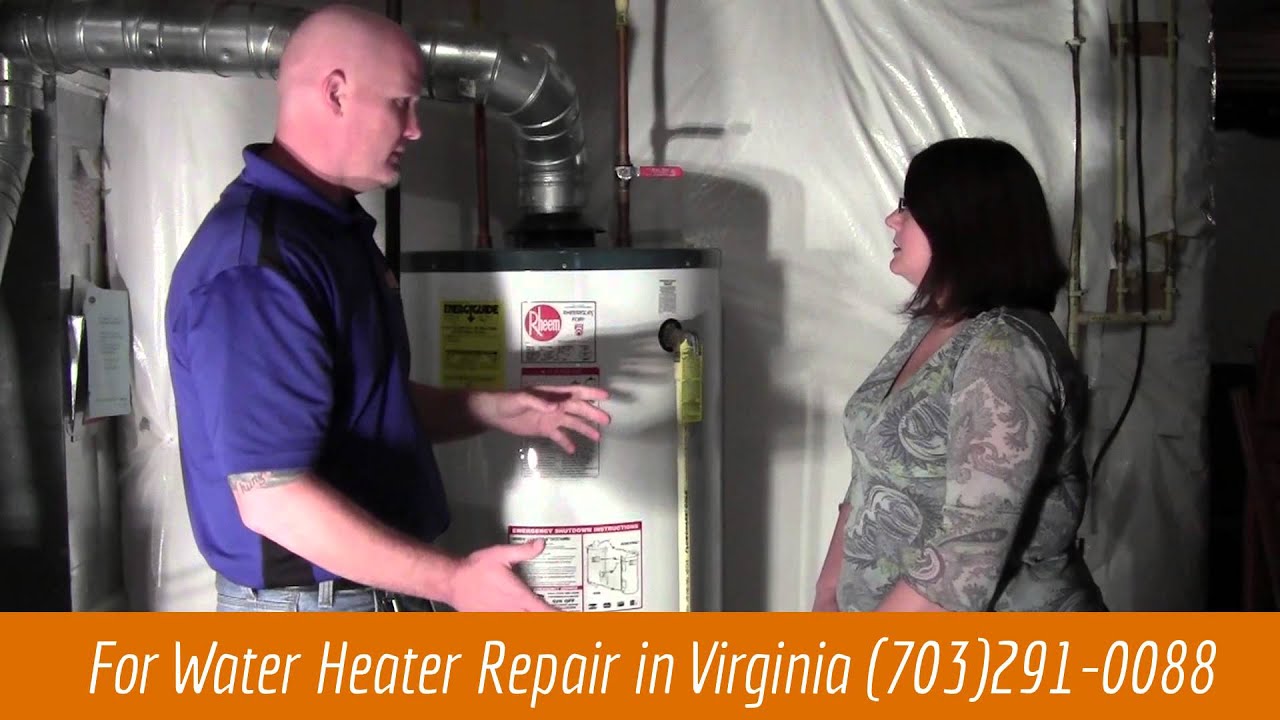
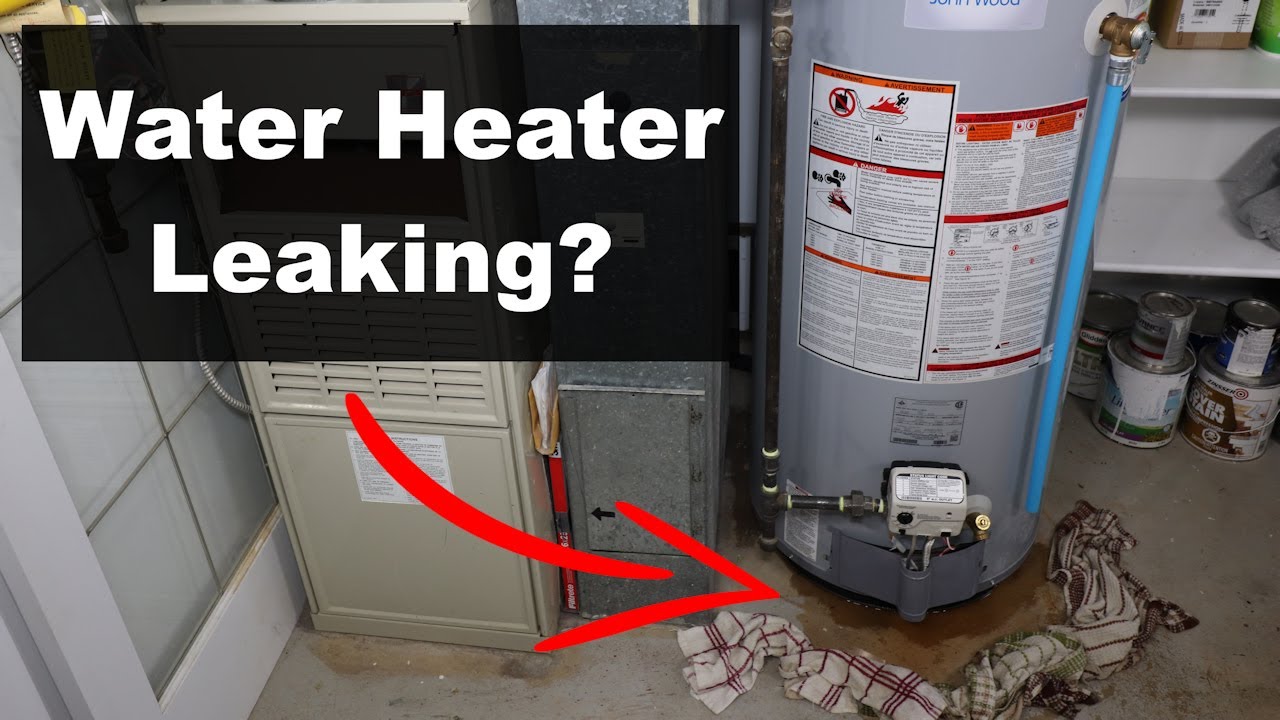

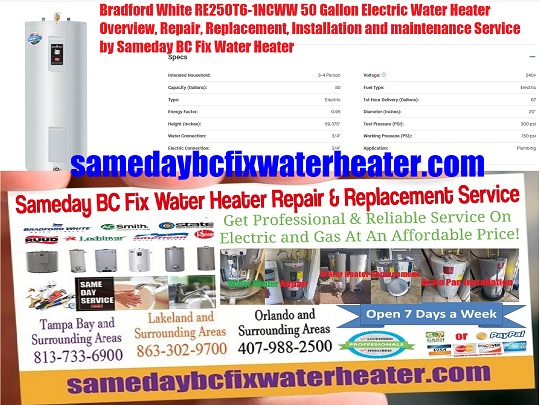
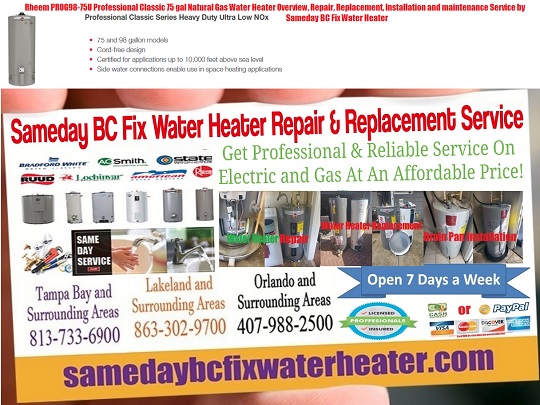
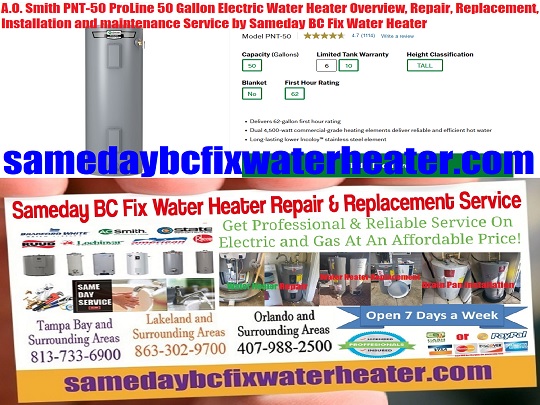
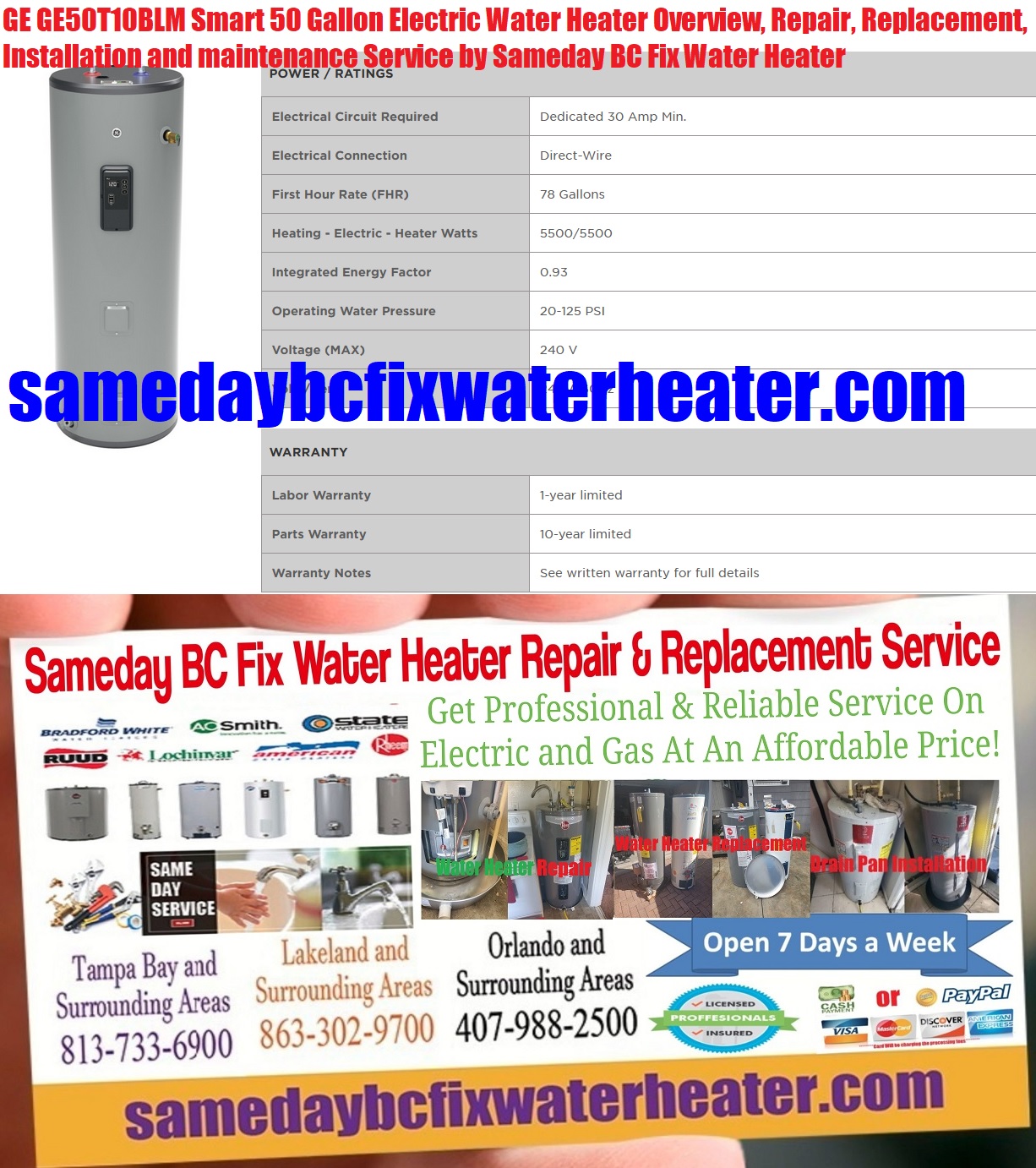
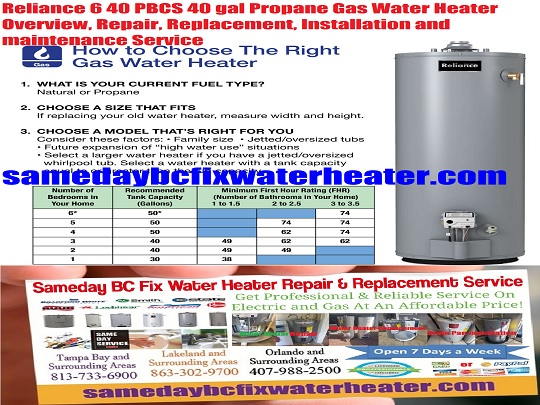
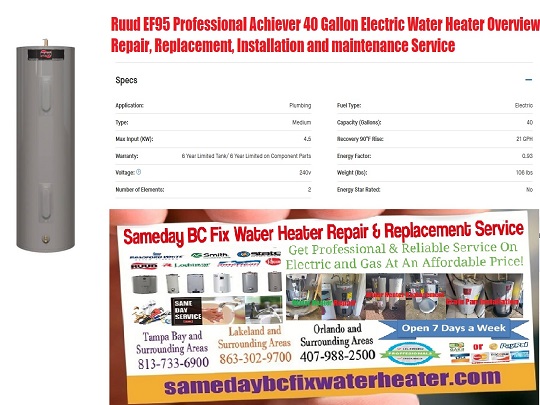
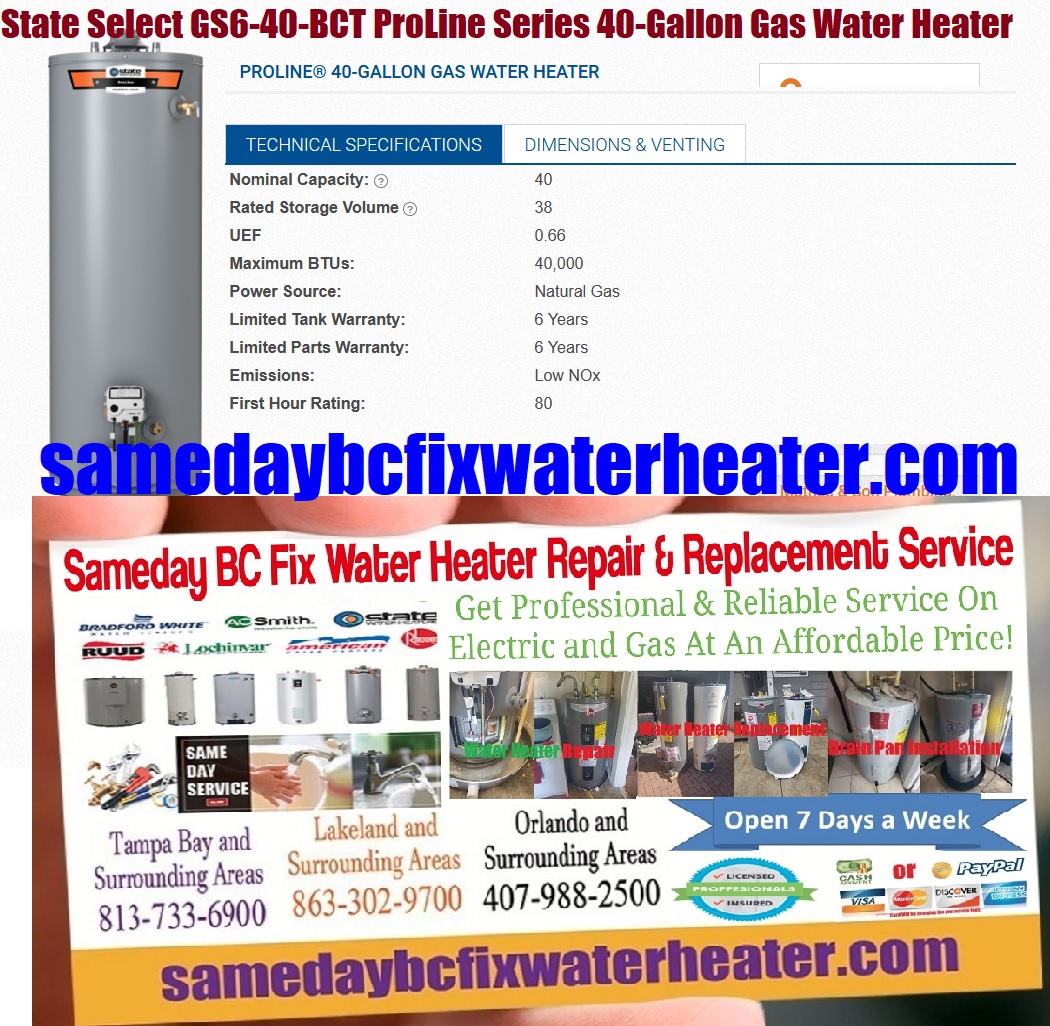
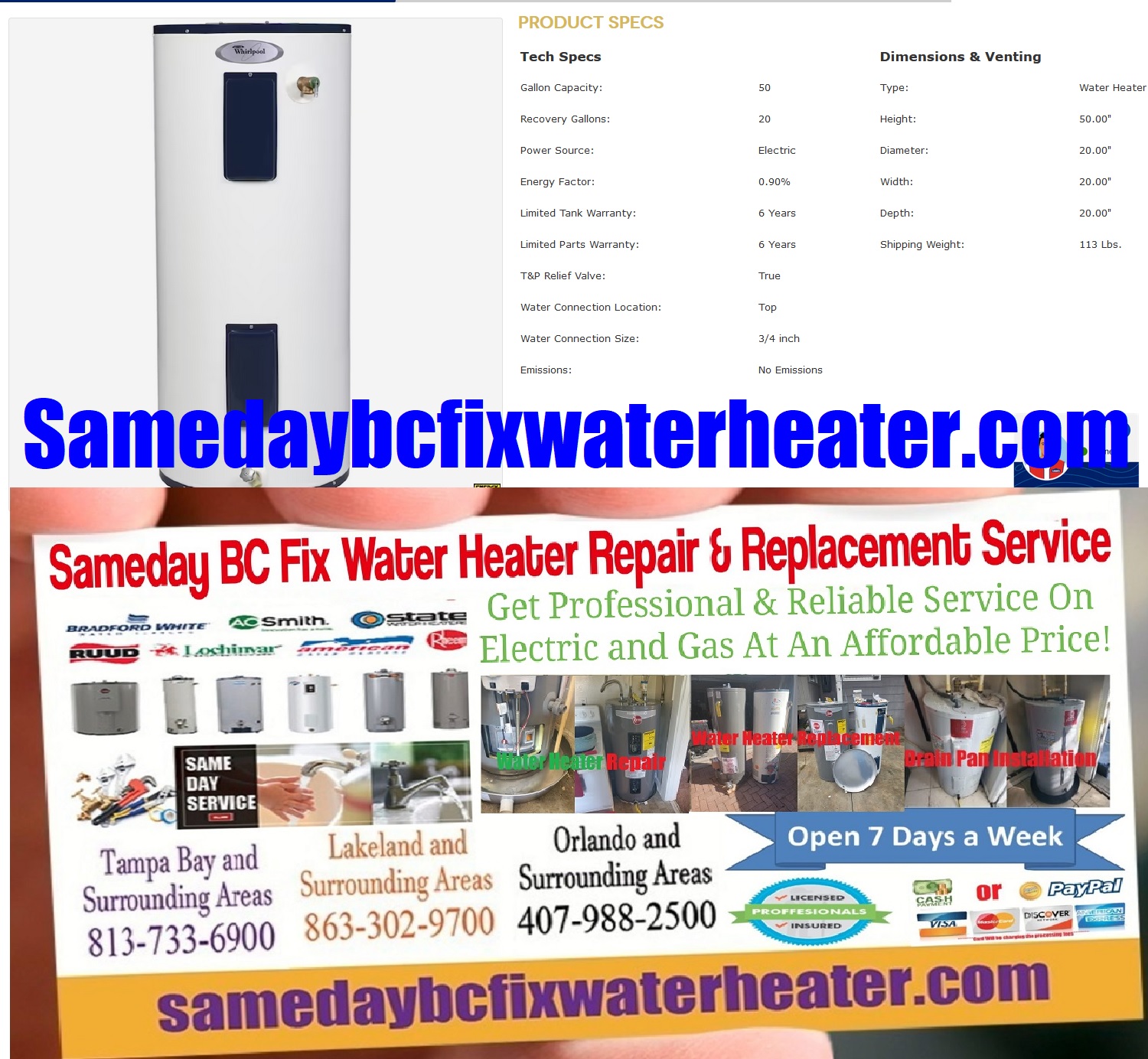


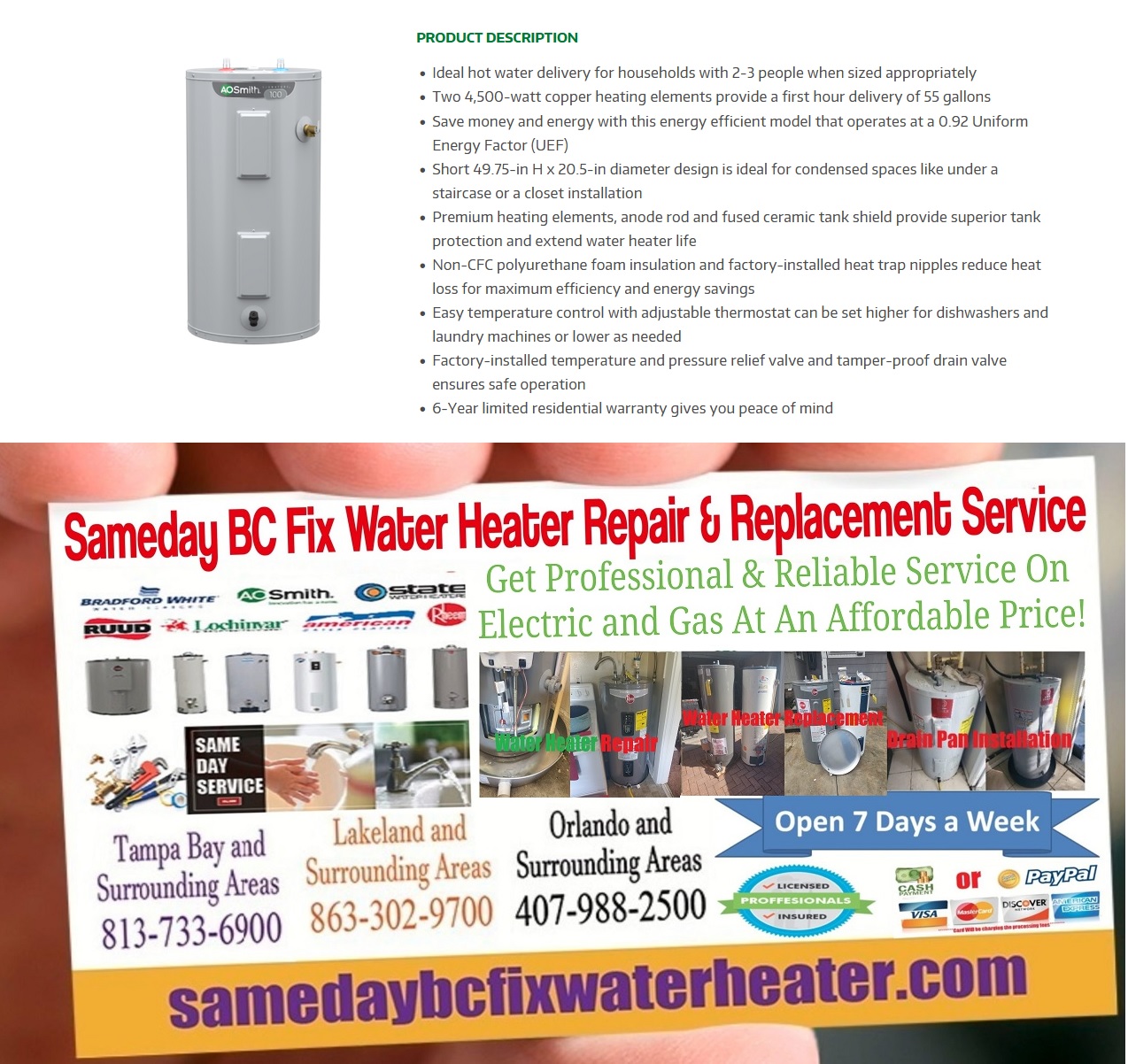
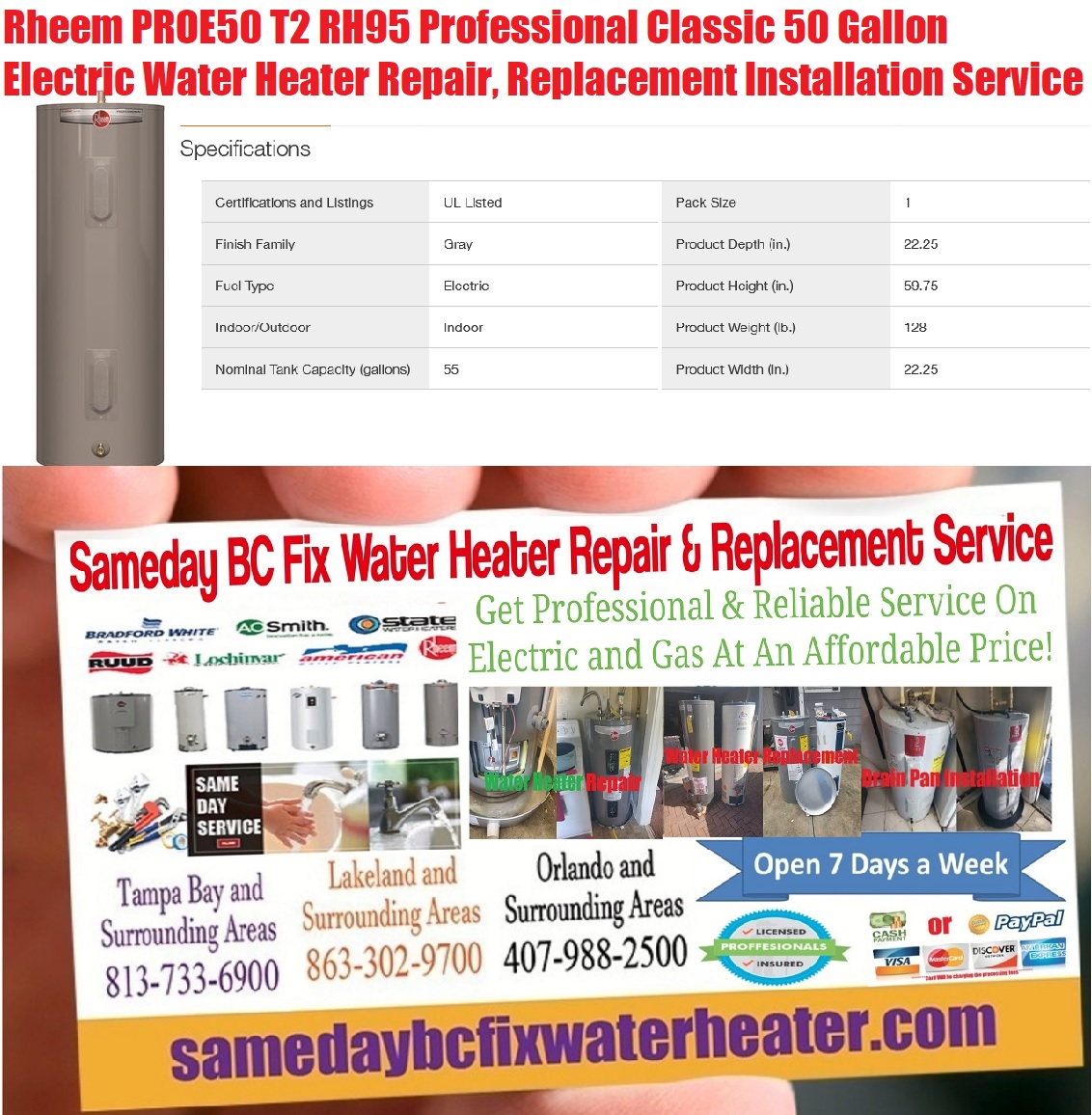
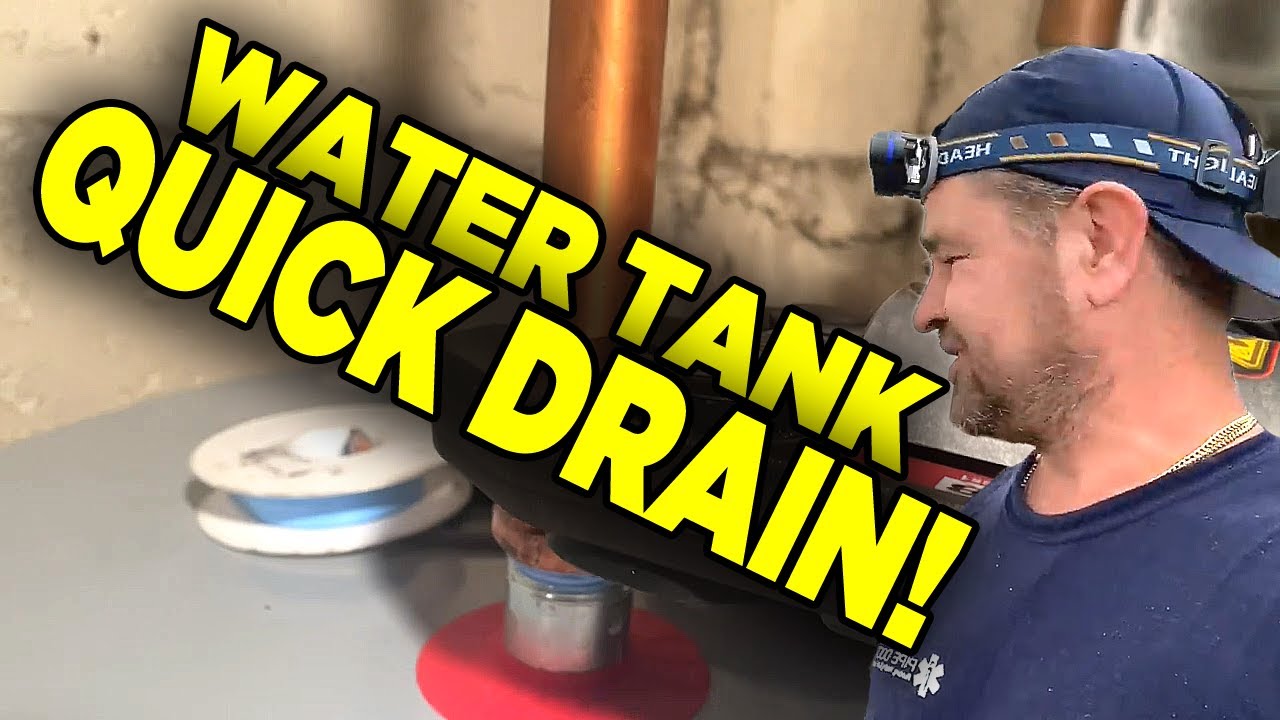
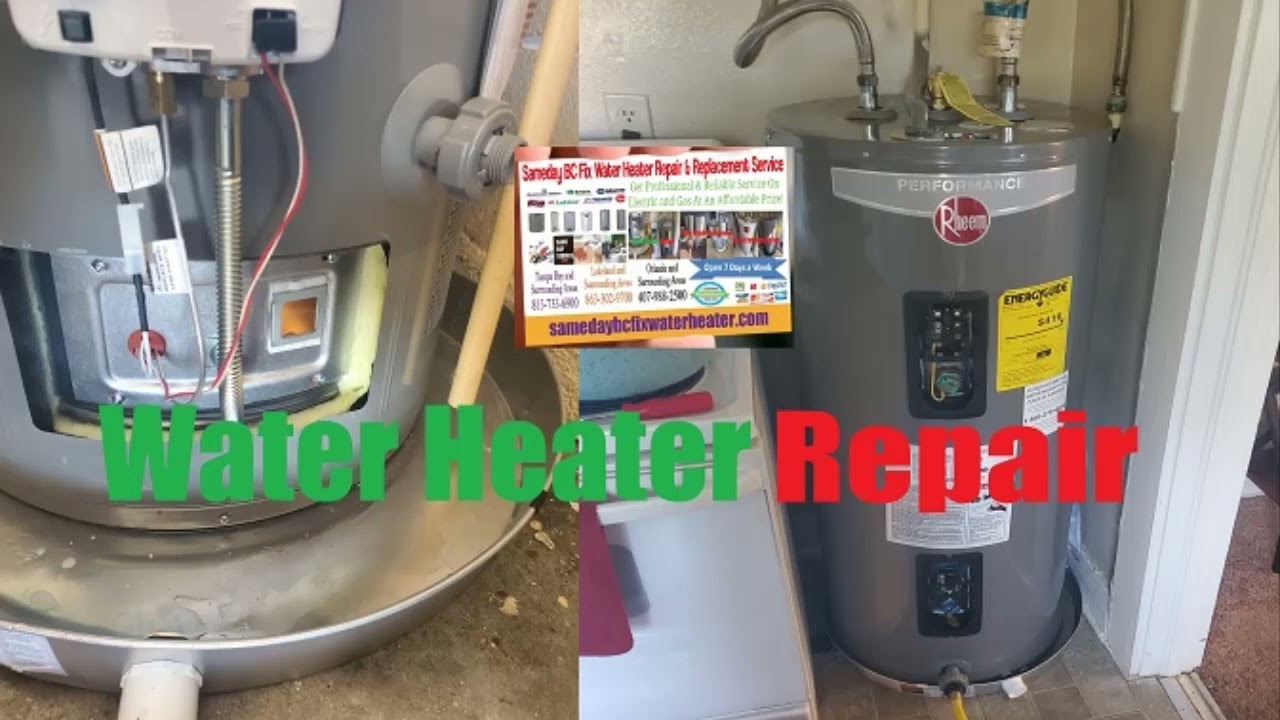
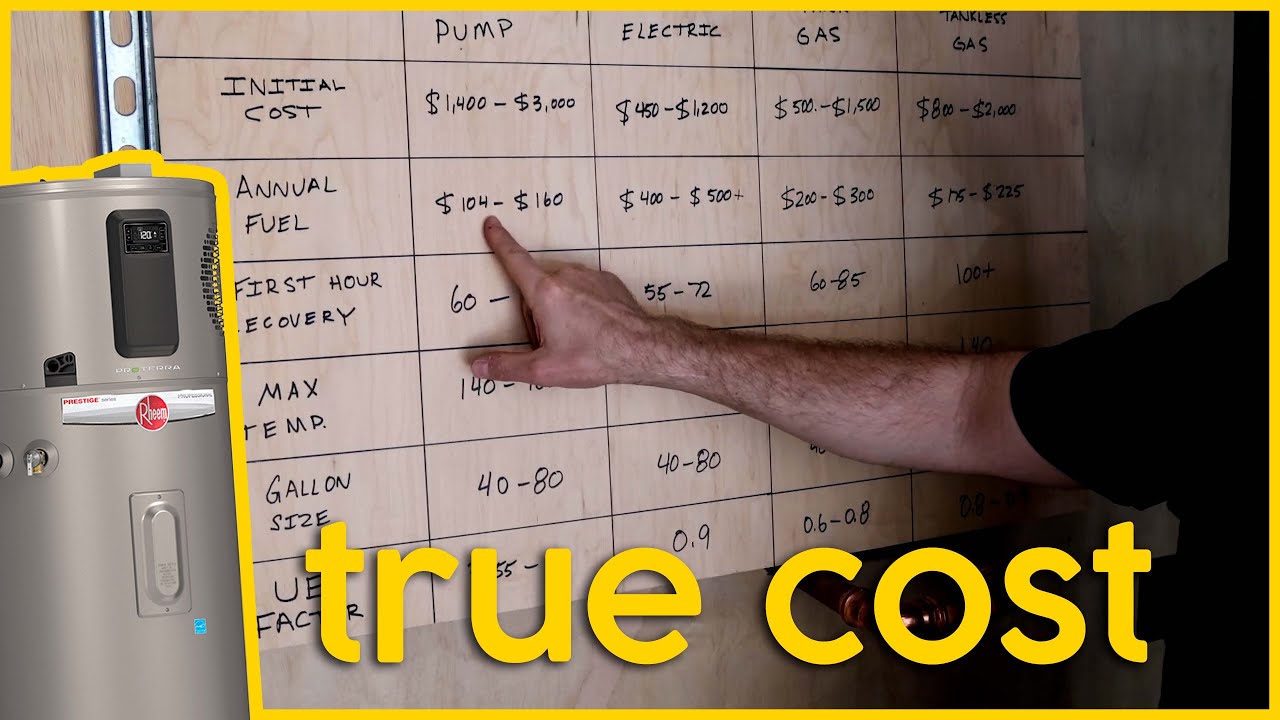
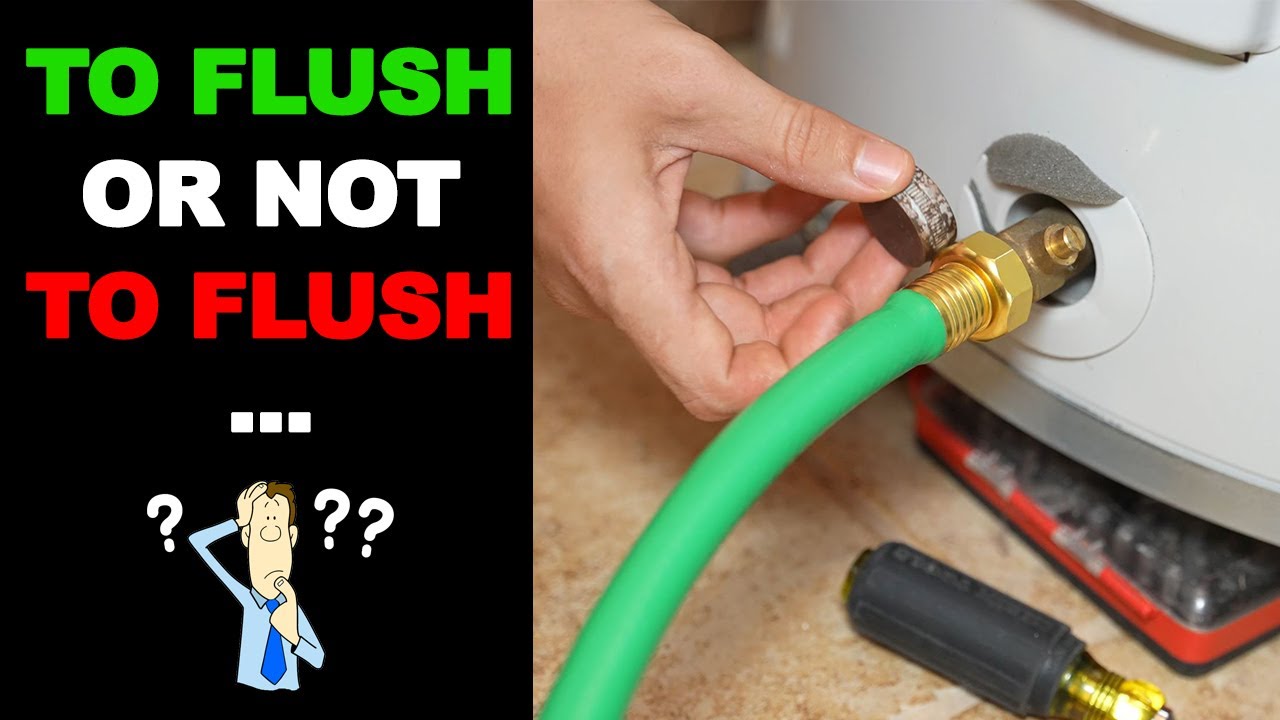

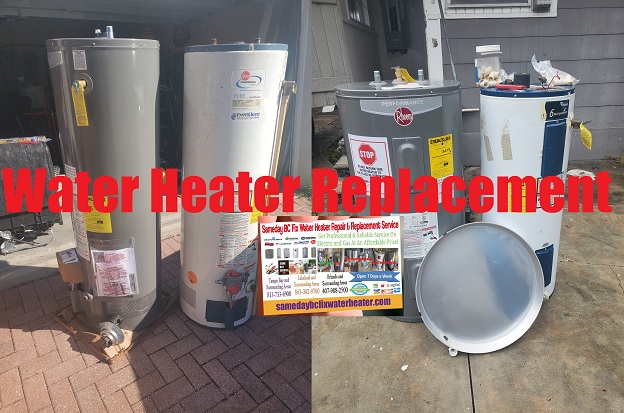

 Here is the list of Best & Most Reliable Electric or Gas tank or tankless Water Heaters we can fix sameday around your area at an affordable price:
Here is the list of Best & Most Reliable Electric or Gas tank or tankless Water Heaters we can fix sameday around your area at an affordable price: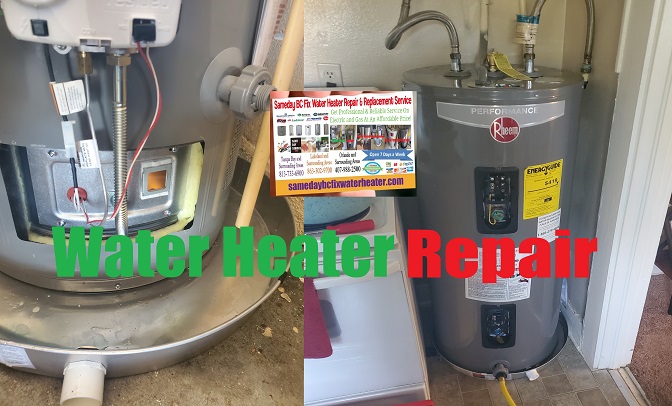

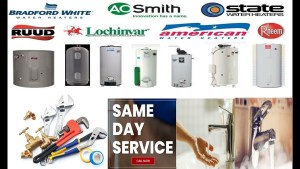 Here is the list of Best & Most Reliable Electric or Gas tank or tankless Water Heaters we can fix sameday around your area at an affordable price:
Here is the list of Best & Most Reliable Electric or Gas tank or tankless Water Heaters we can fix sameday around your area at an affordable price: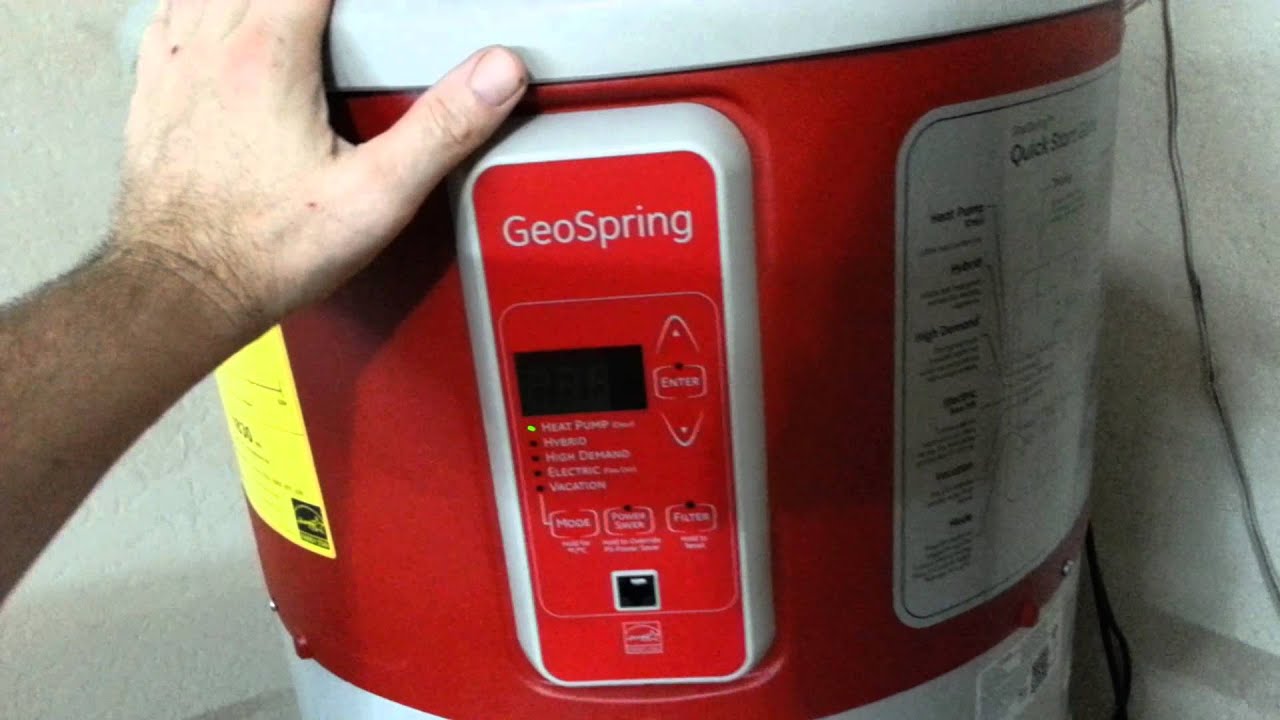
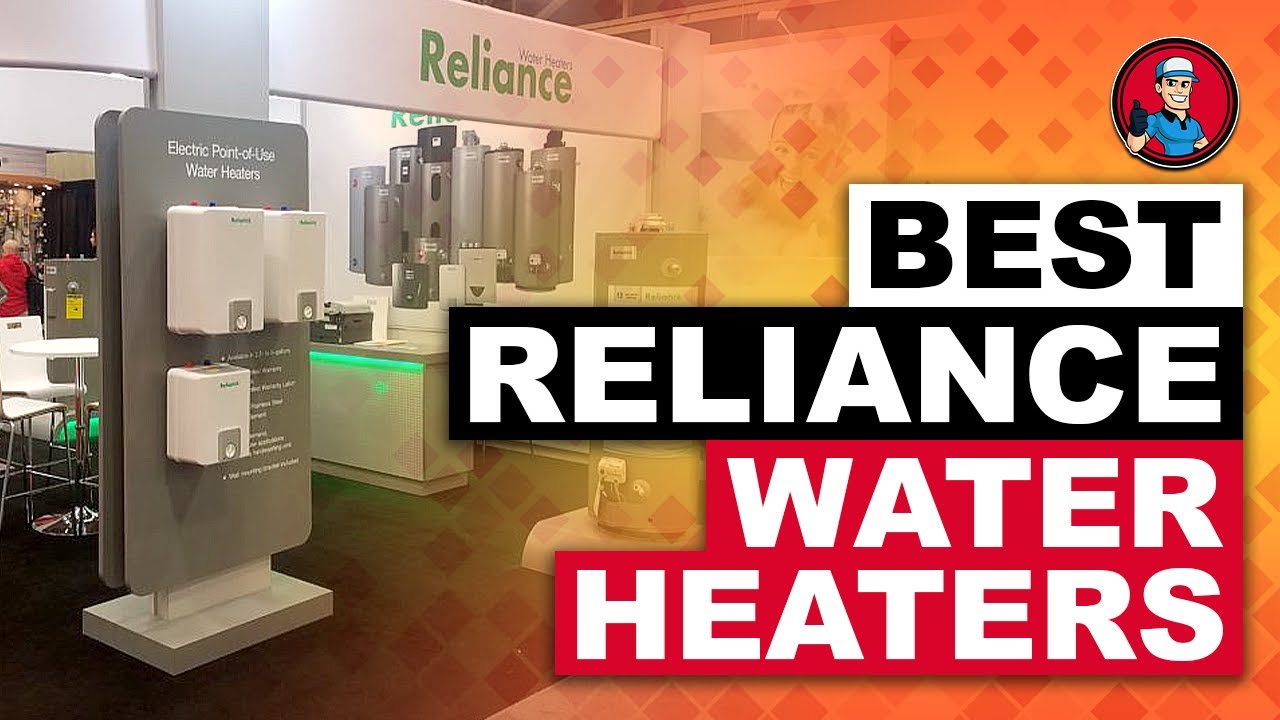
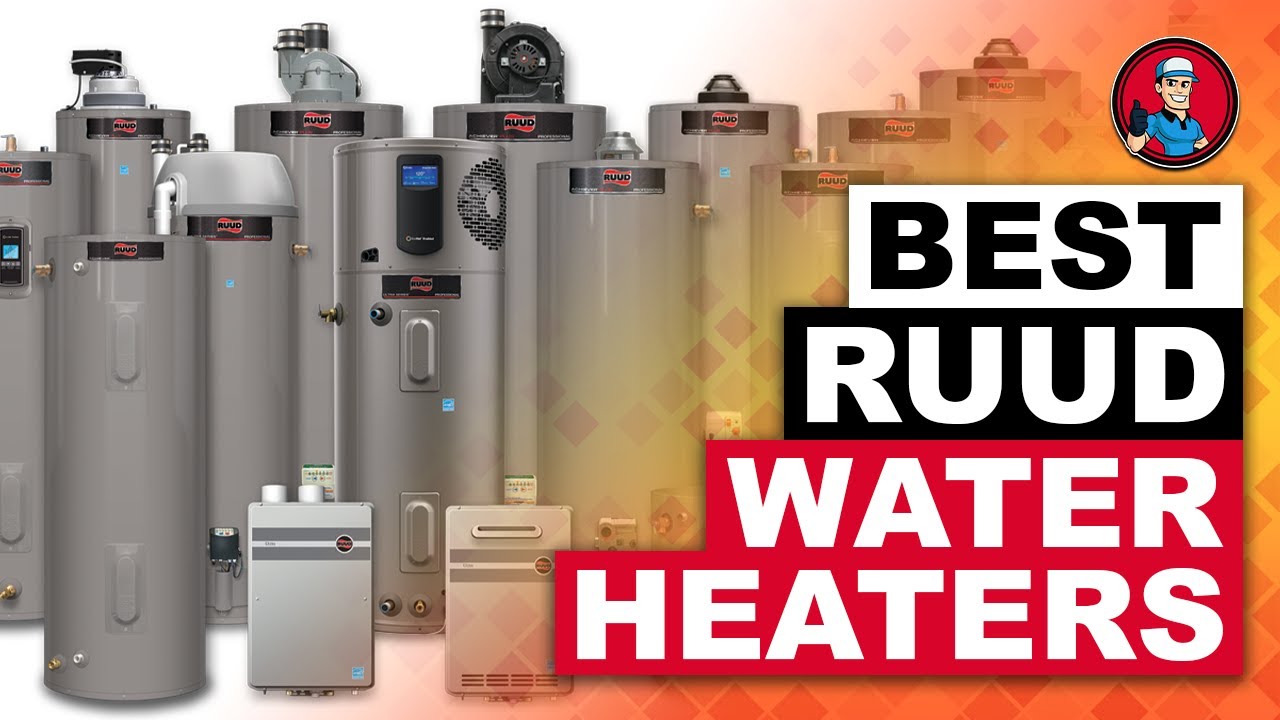
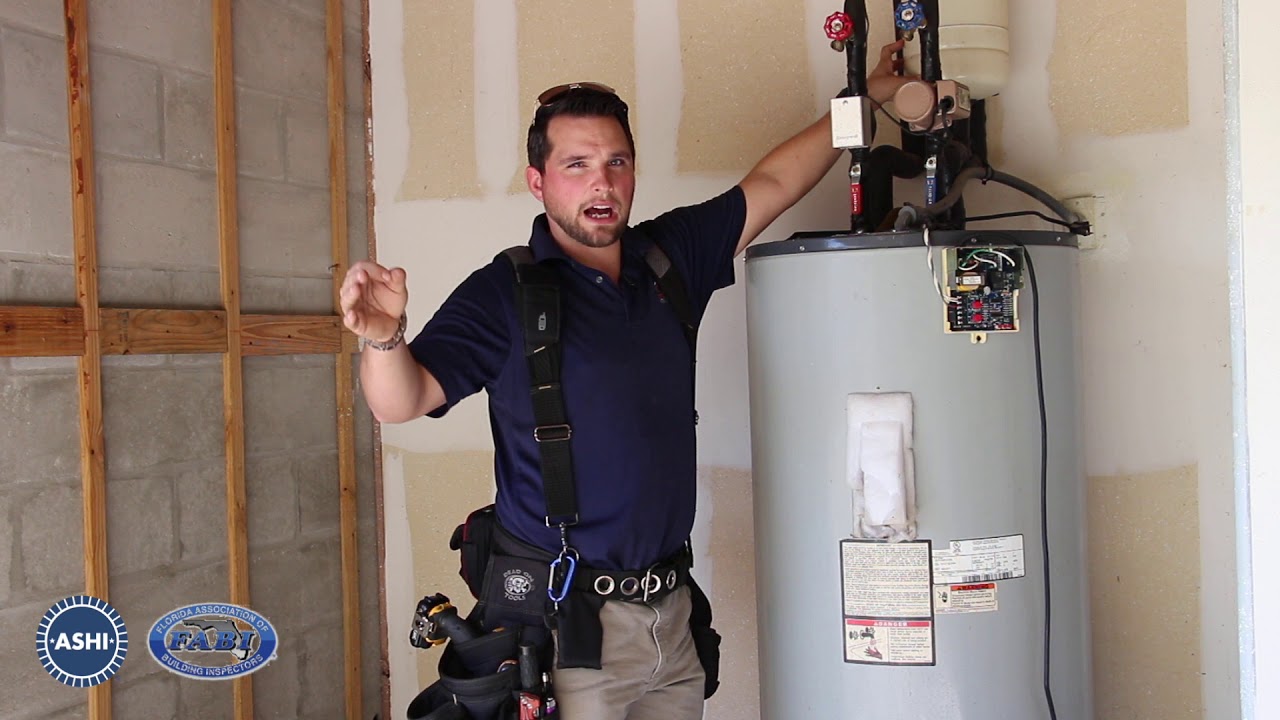
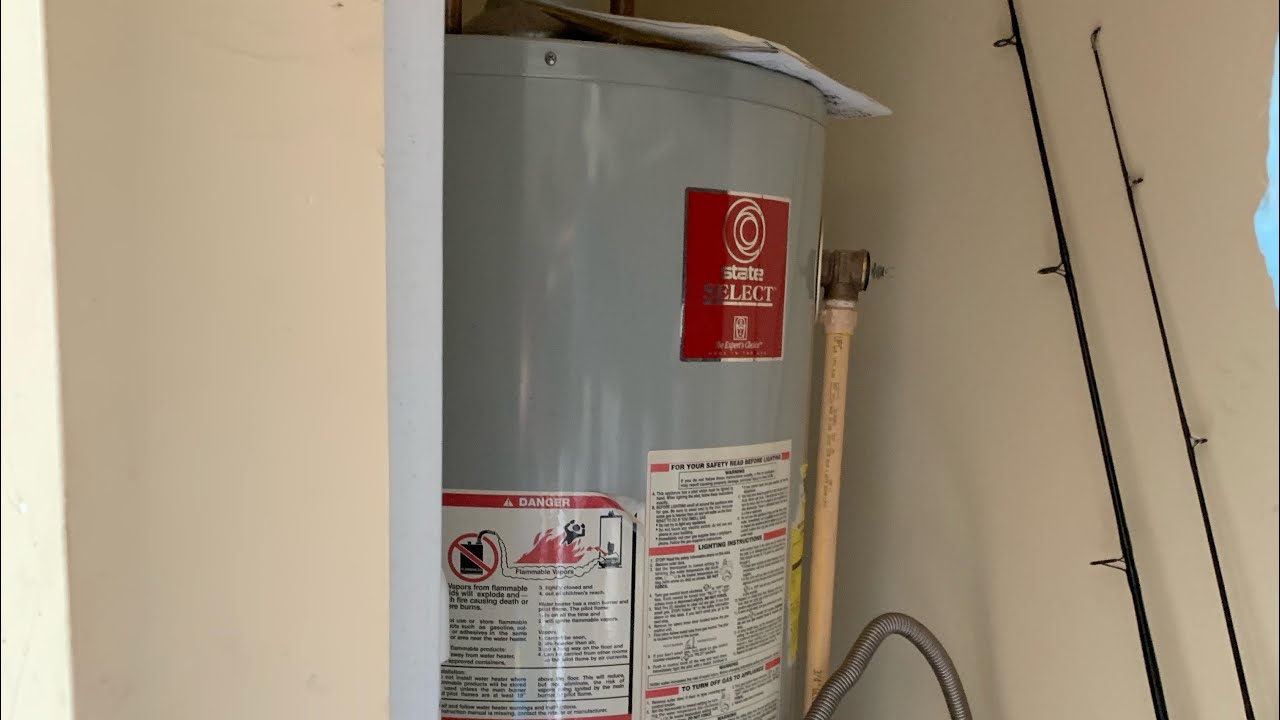
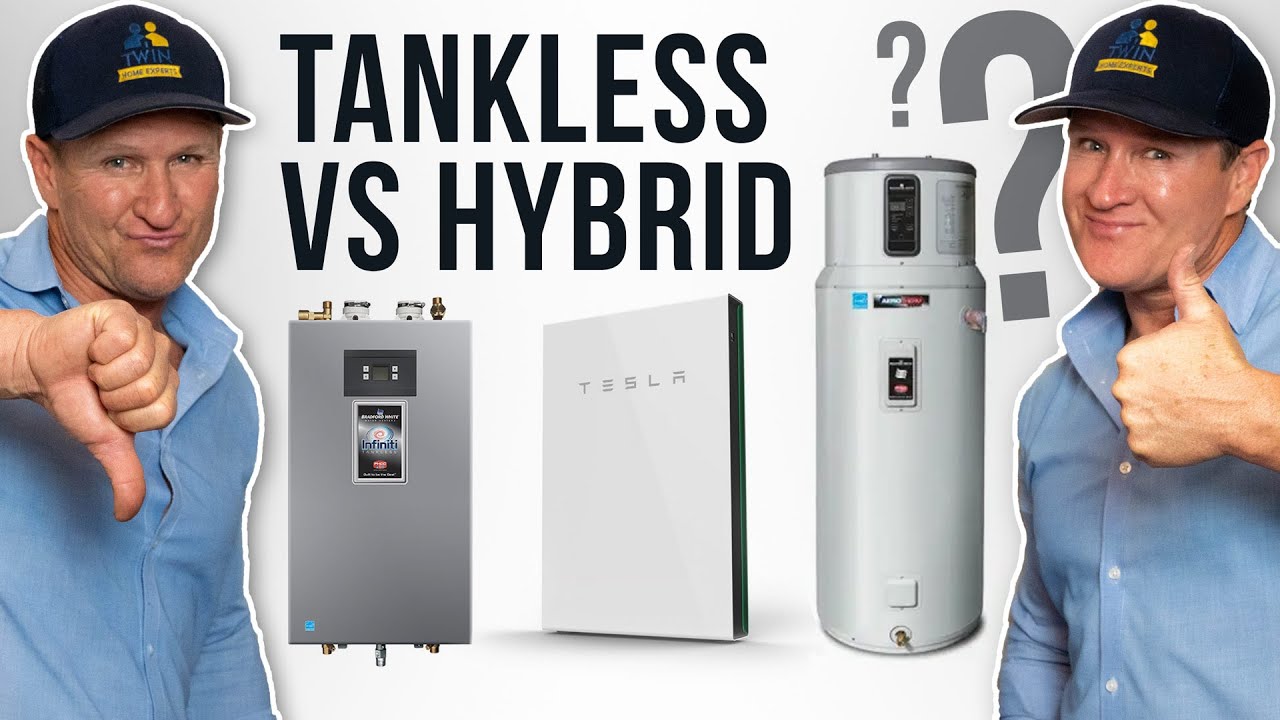
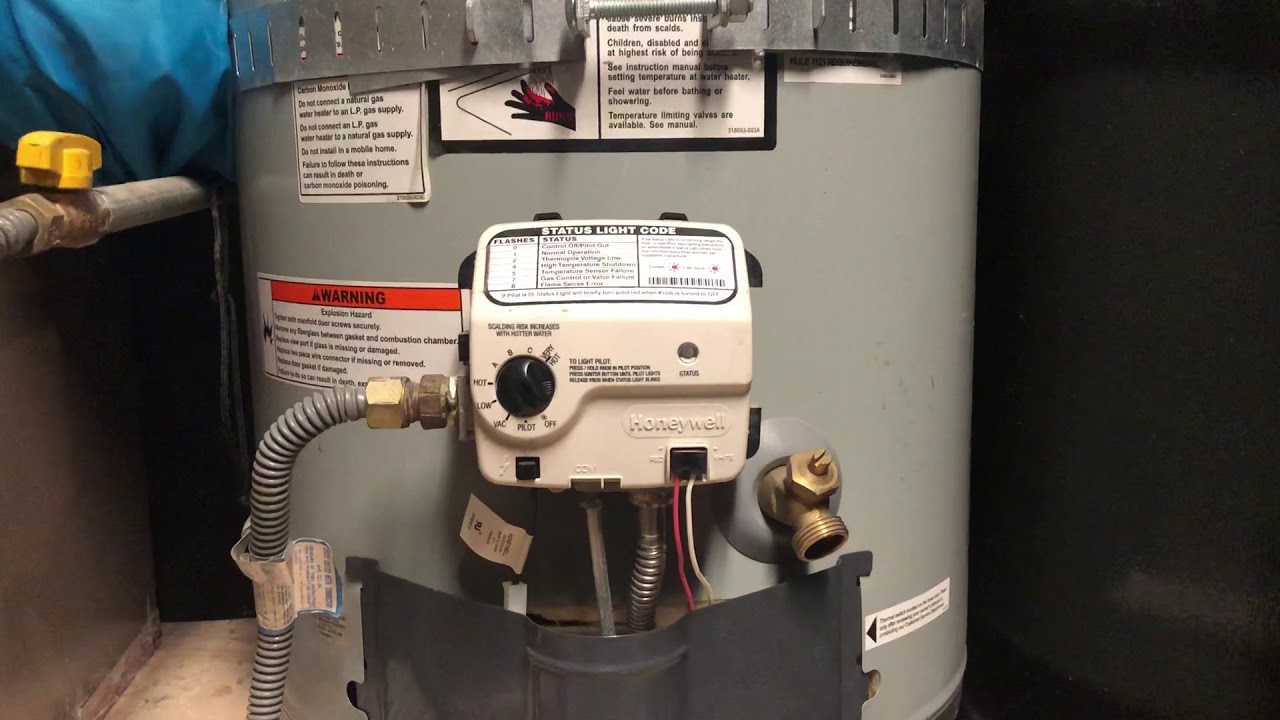

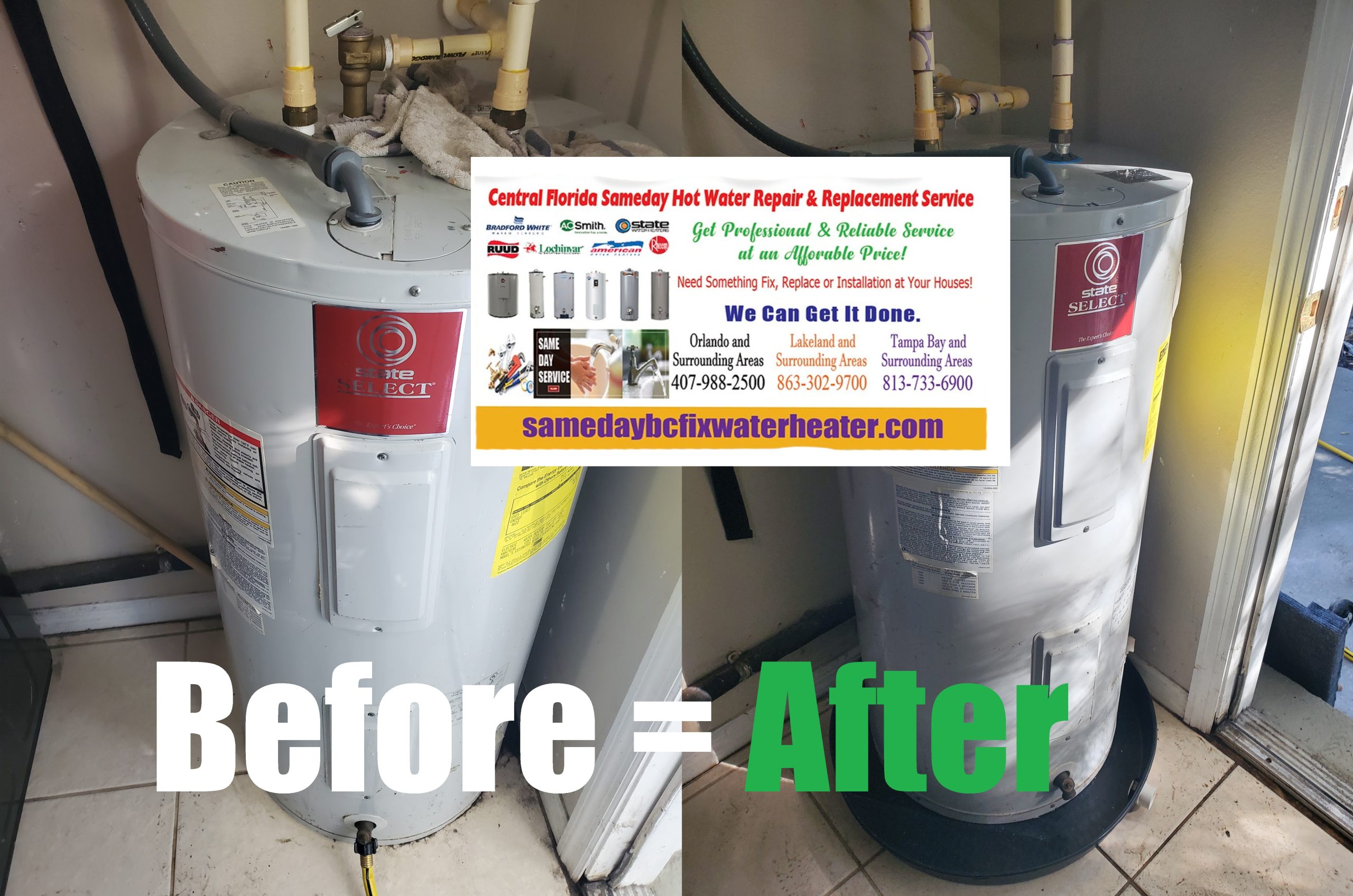

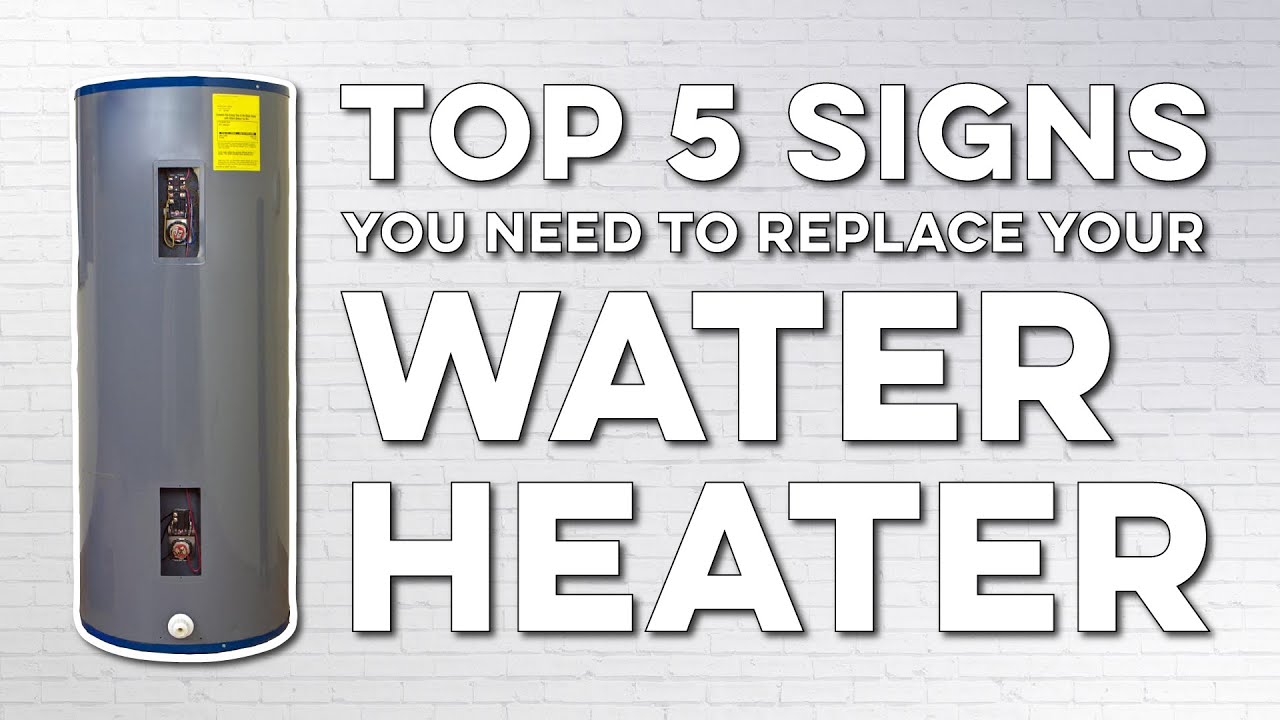
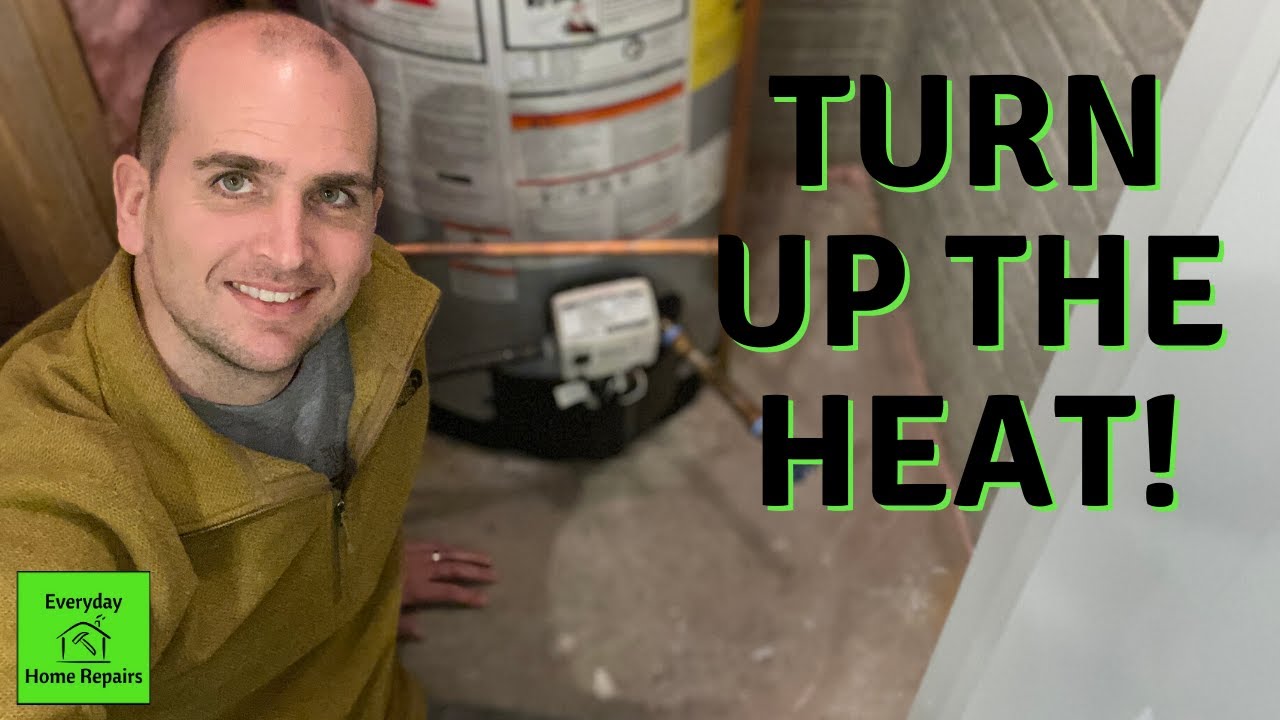
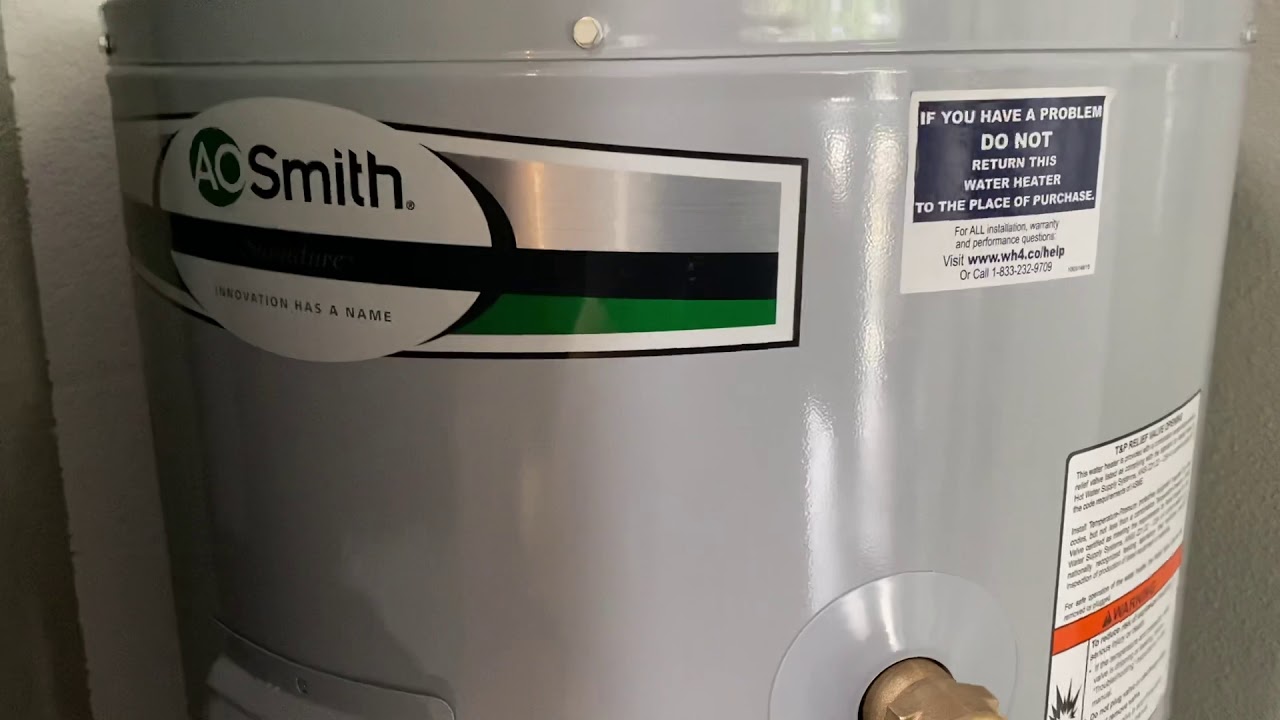
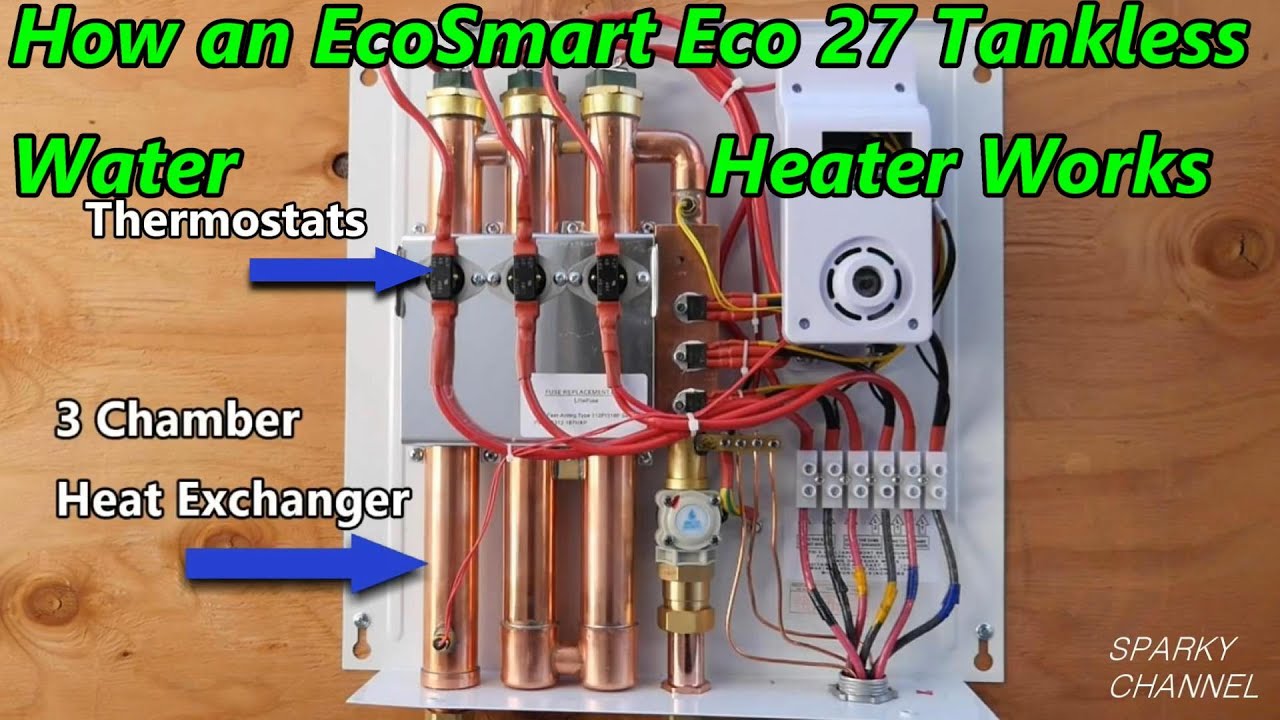

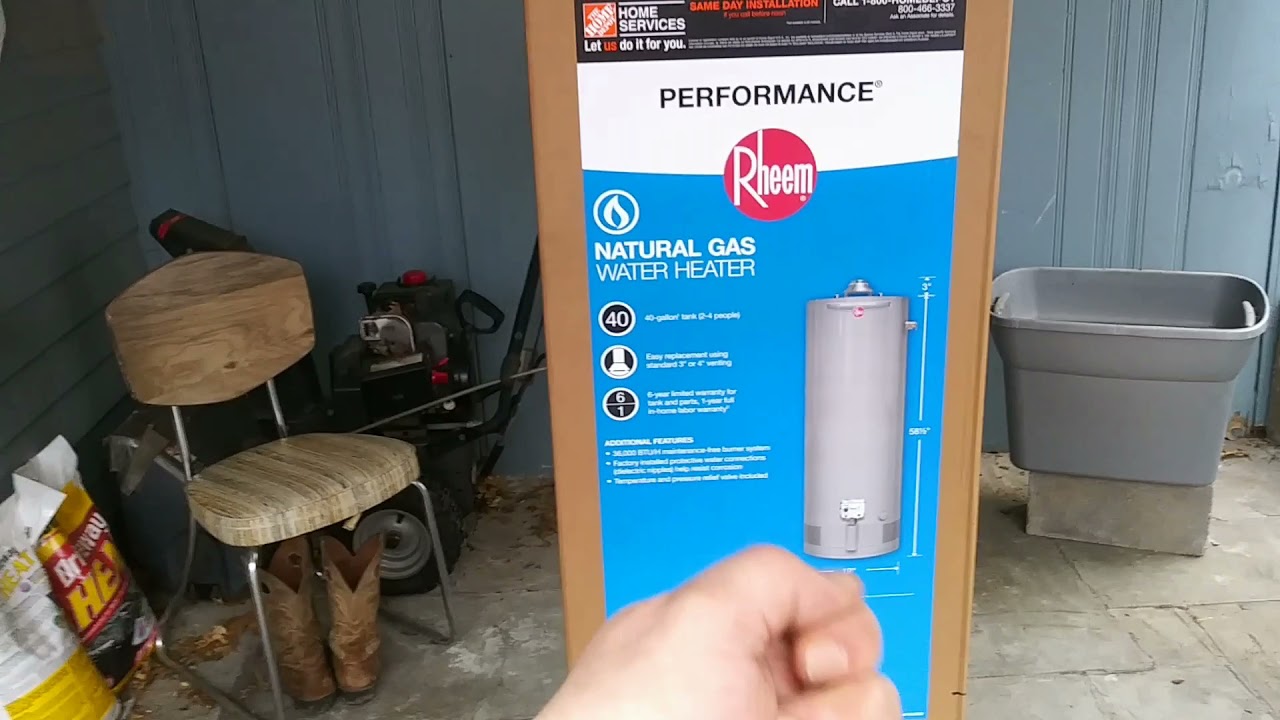
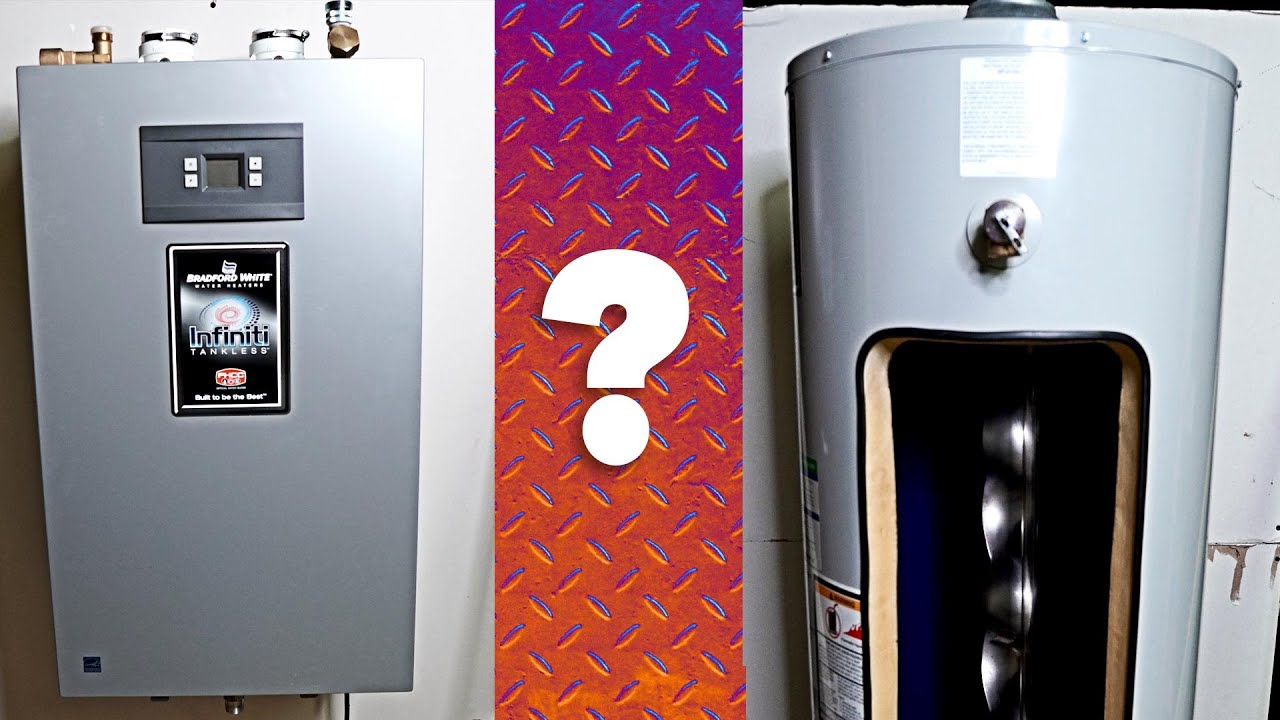
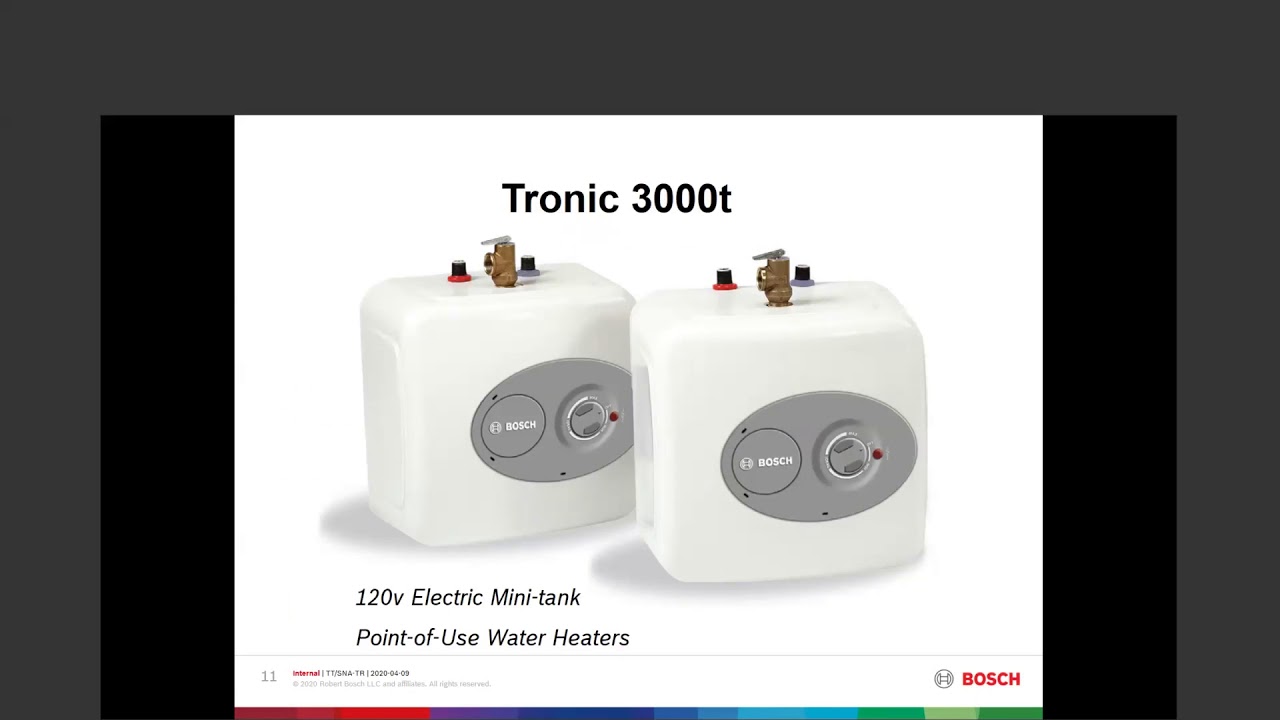


 If your Water heater has problem due to Hurricane Ian we provide $100 Off Coupon Code Special of any Electric or Gas tank Hot Water Heater Replacement service by Same-Day BC Fix Hot Water Heater Repair, Replace or Installation Service at an affordable cost Near me and help you get hot water again by our local emergency specialist technician repairman. Give Us A call for faster service:
If your Water heater has problem due to Hurricane Ian we provide $100 Off Coupon Code Special of any Electric or Gas tank Hot Water Heater Replacement service by Same-Day BC Fix Hot Water Heater Repair, Replace or Installation Service at an affordable cost Near me and help you get hot water again by our local emergency specialist technician repairman. Give Us A call for faster service: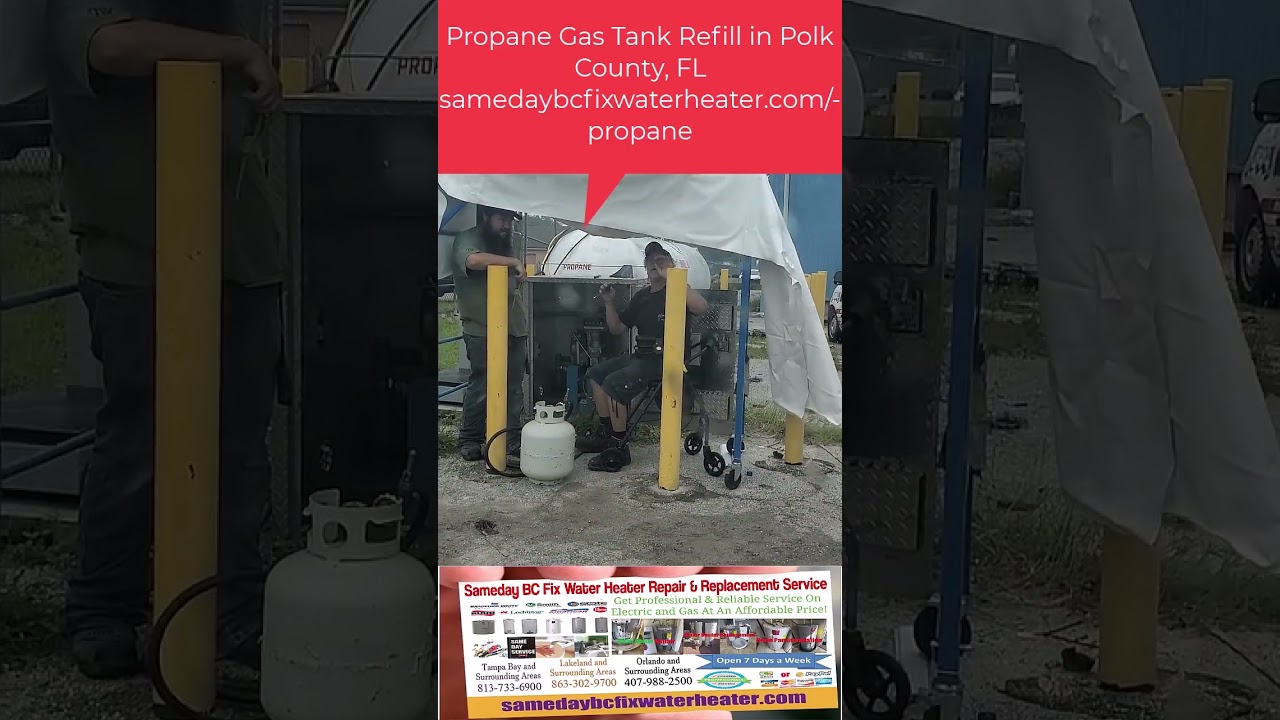
 Propane Gas Tank Refill in Polk County, FL Hurricane Milton by Sameday bc fix hot water heater Repair, Replacement, Installation Service person or company Near Me is the best way to find who fix, installment, replacing or changing out Electric, natural or propane gas hot water tank or tankless affordable cost. Give Same-Day BC Fix Water Heater guy specialist repairman technician a call for faster emergency service to get a quick over the phone quote price on repairing or replace service and get hot water again.
Propane Gas Tank Refill in Polk County, FL Hurricane Milton by Sameday bc fix hot water heater Repair, Replacement, Installation Service person or company Near Me is the best way to find who fix, installment, replacing or changing out Electric, natural or propane gas hot water tank or tankless affordable cost. Give Same-Day BC Fix Water Heater guy specialist repairman technician a call for faster emergency service to get a quick over the phone quote price on repairing or replace service and get hot water again.
